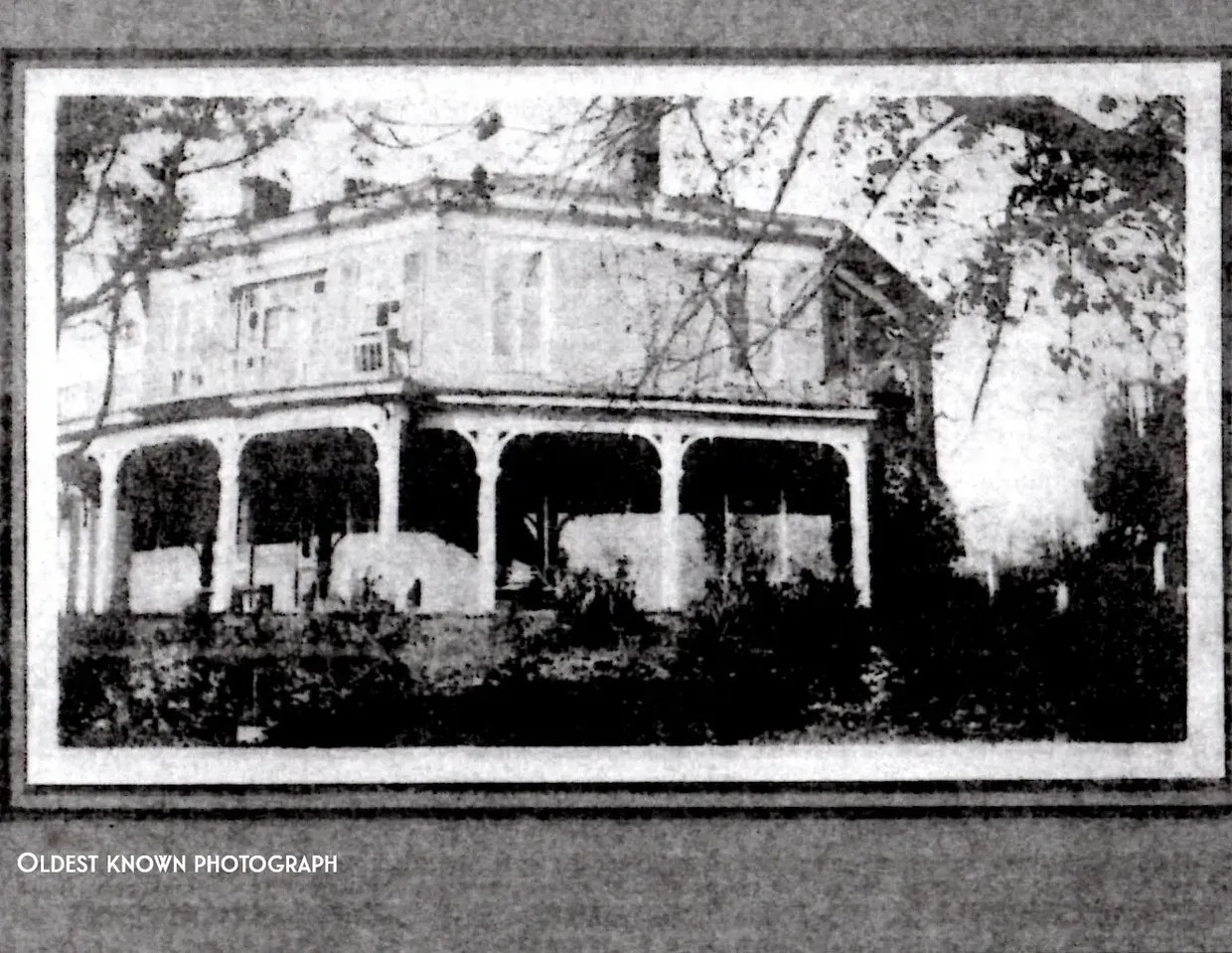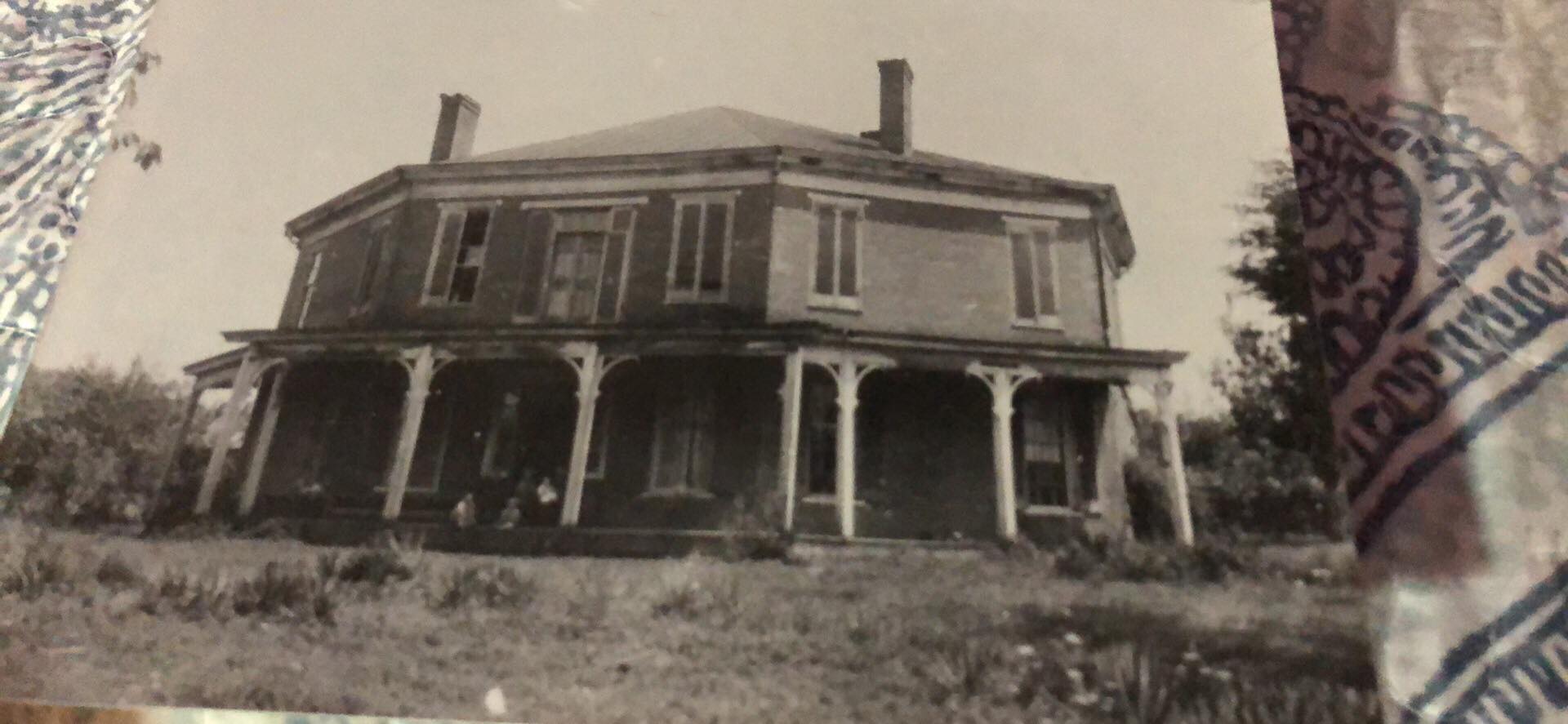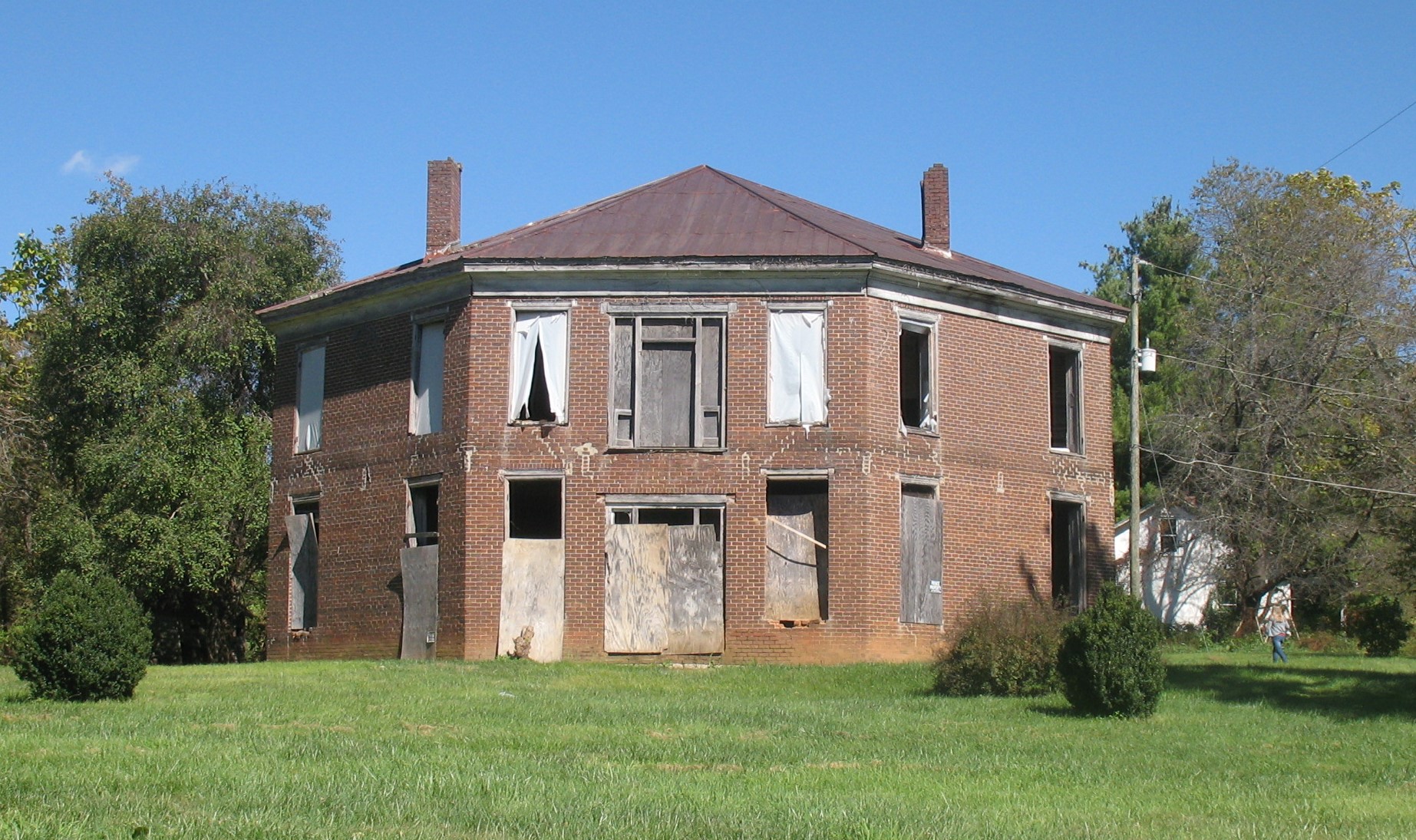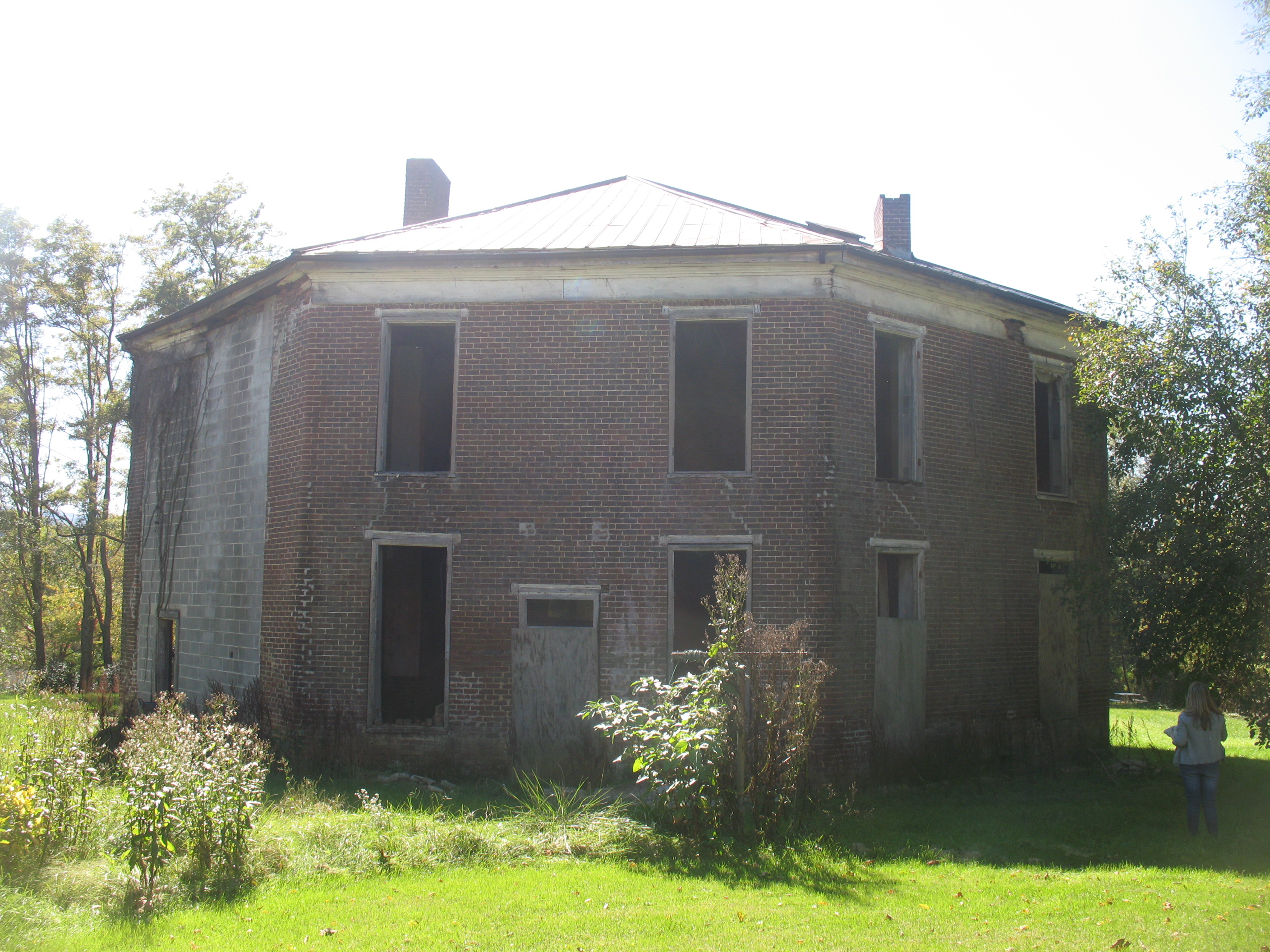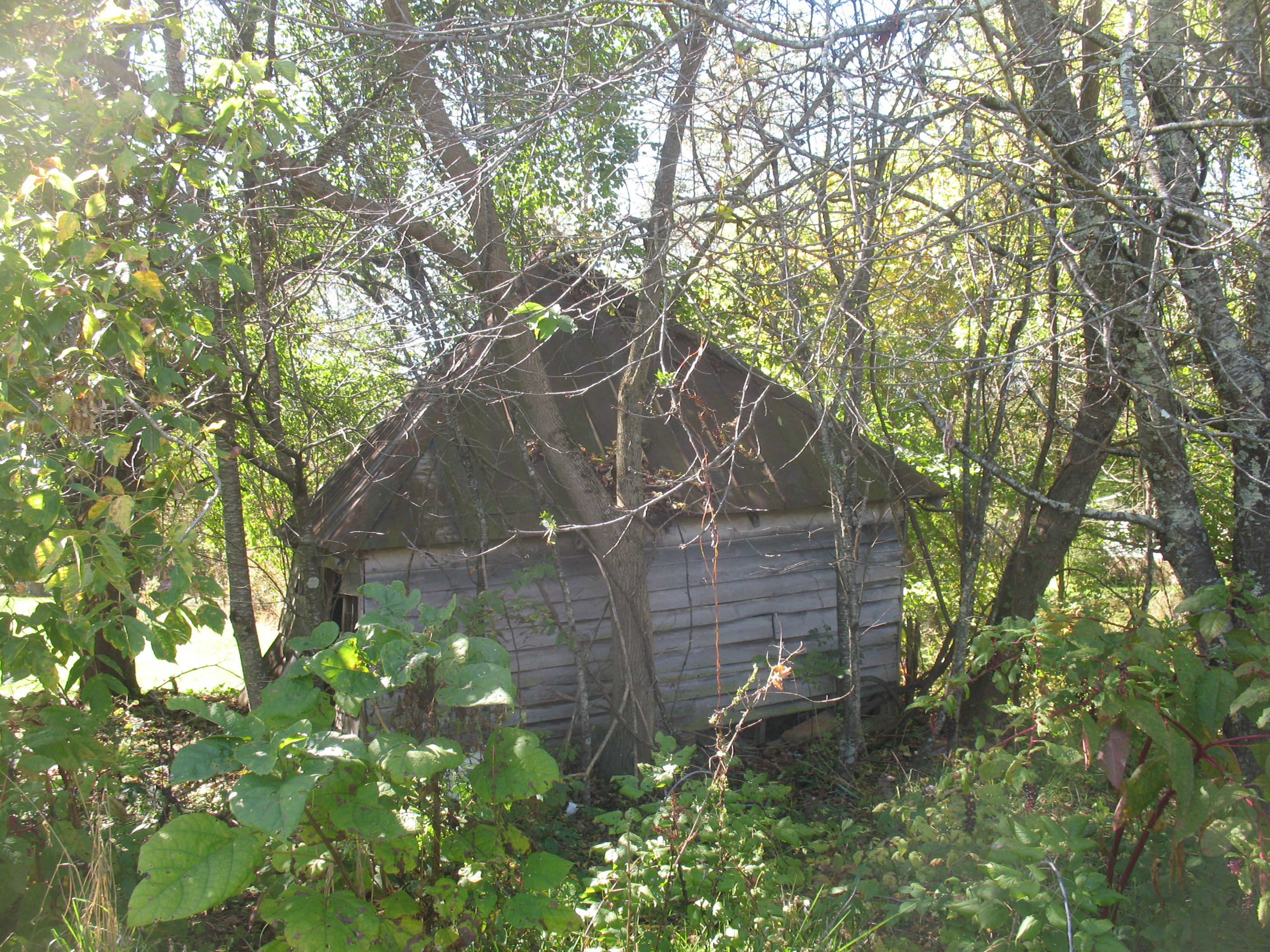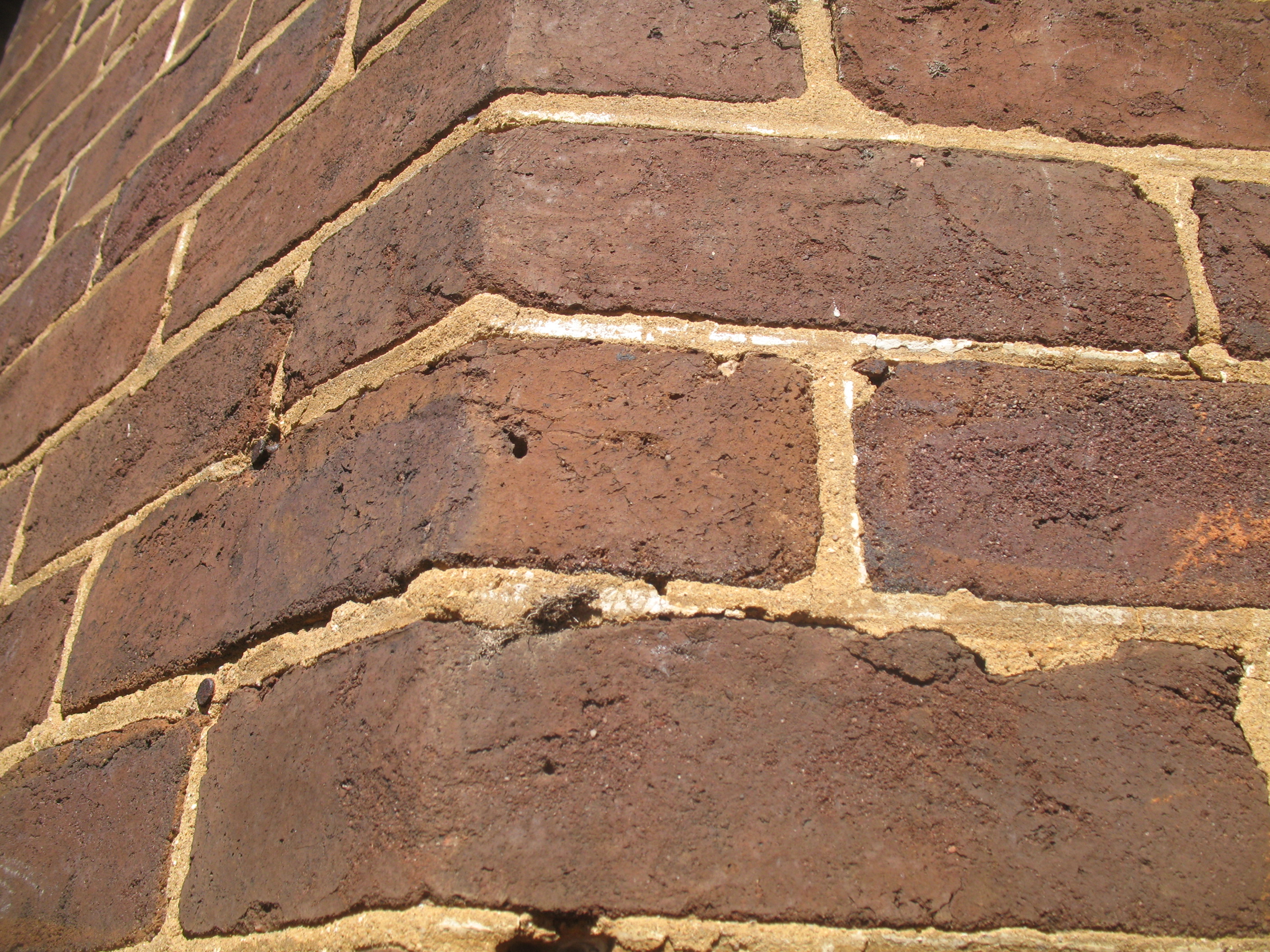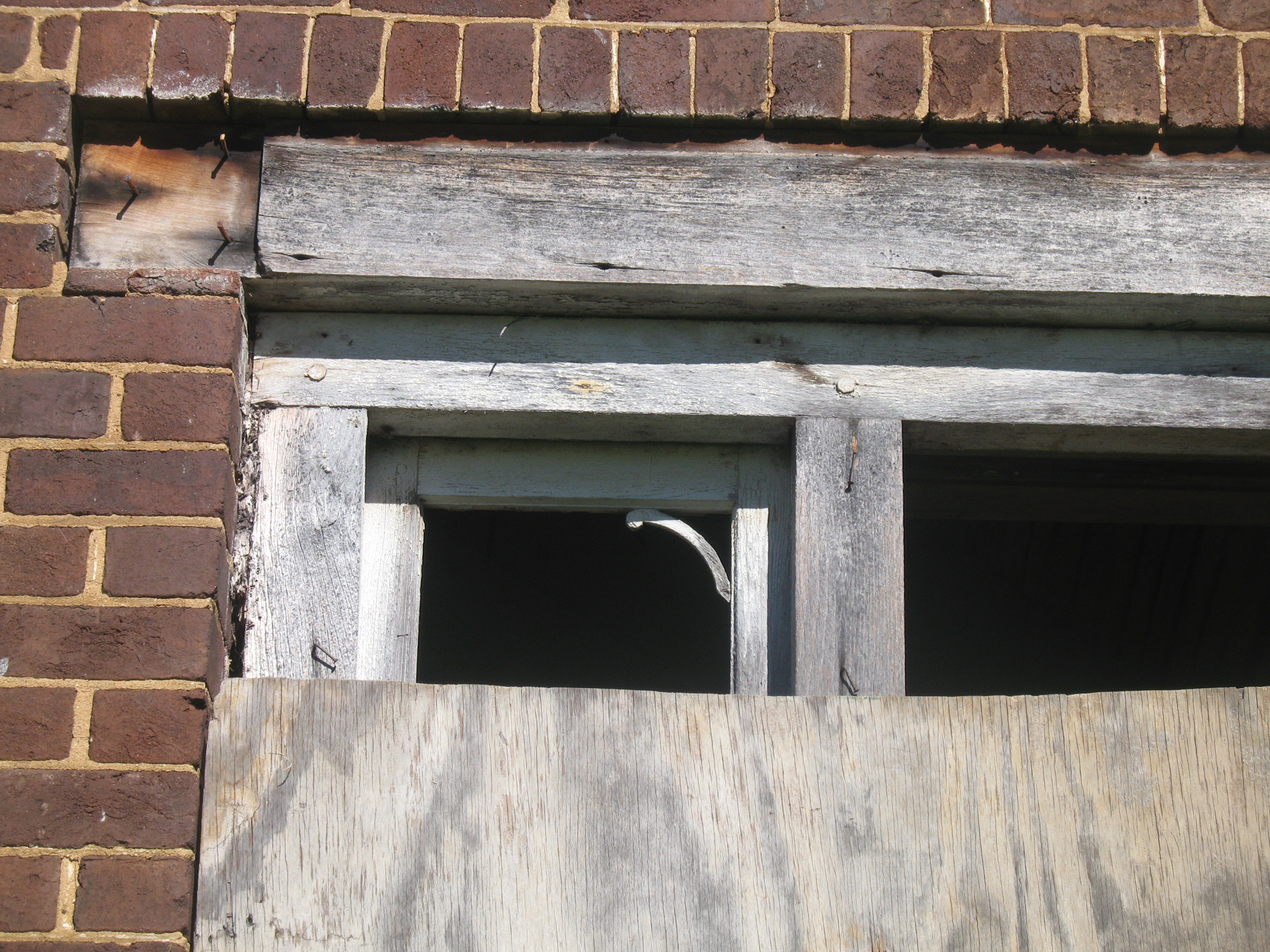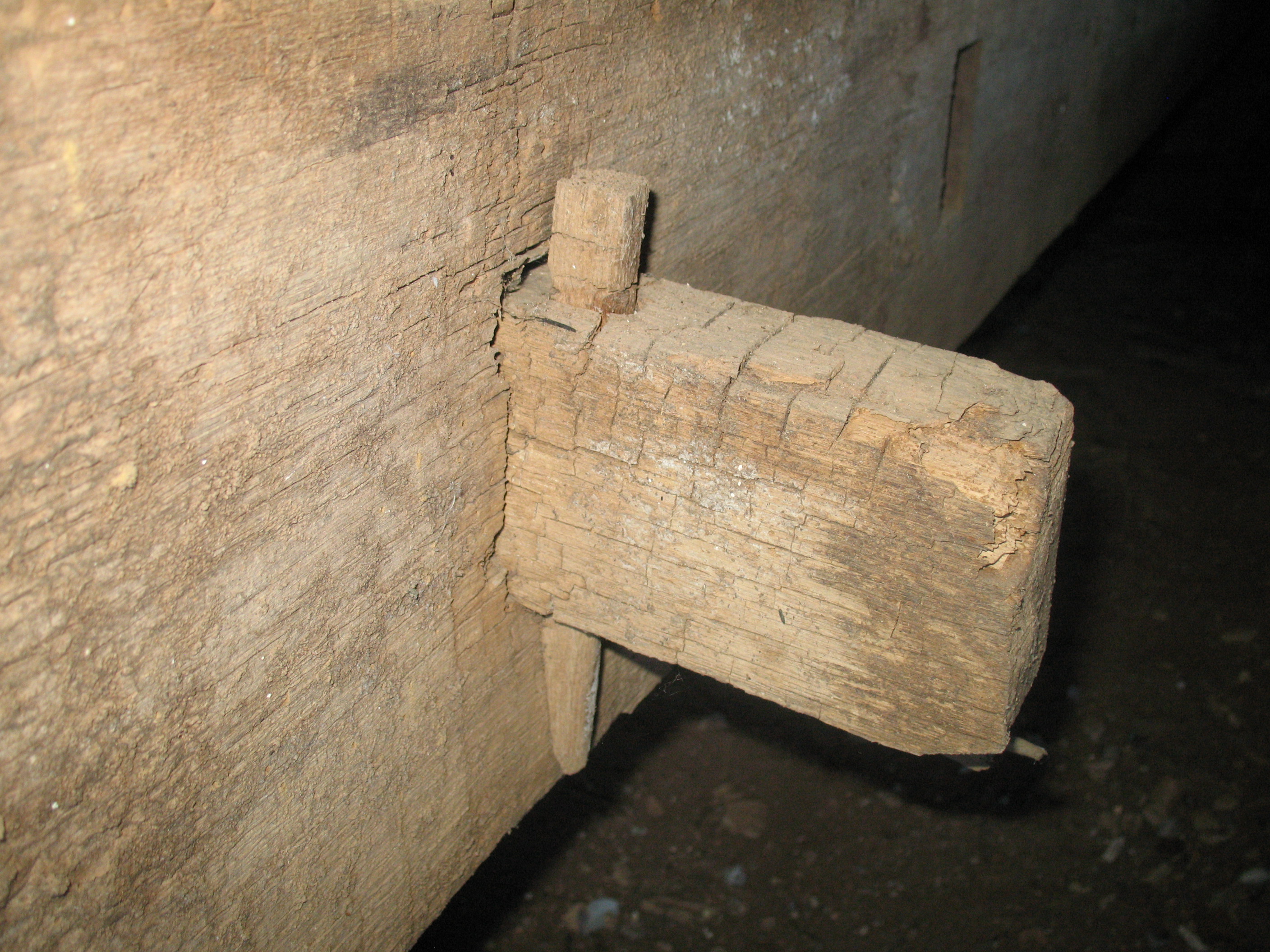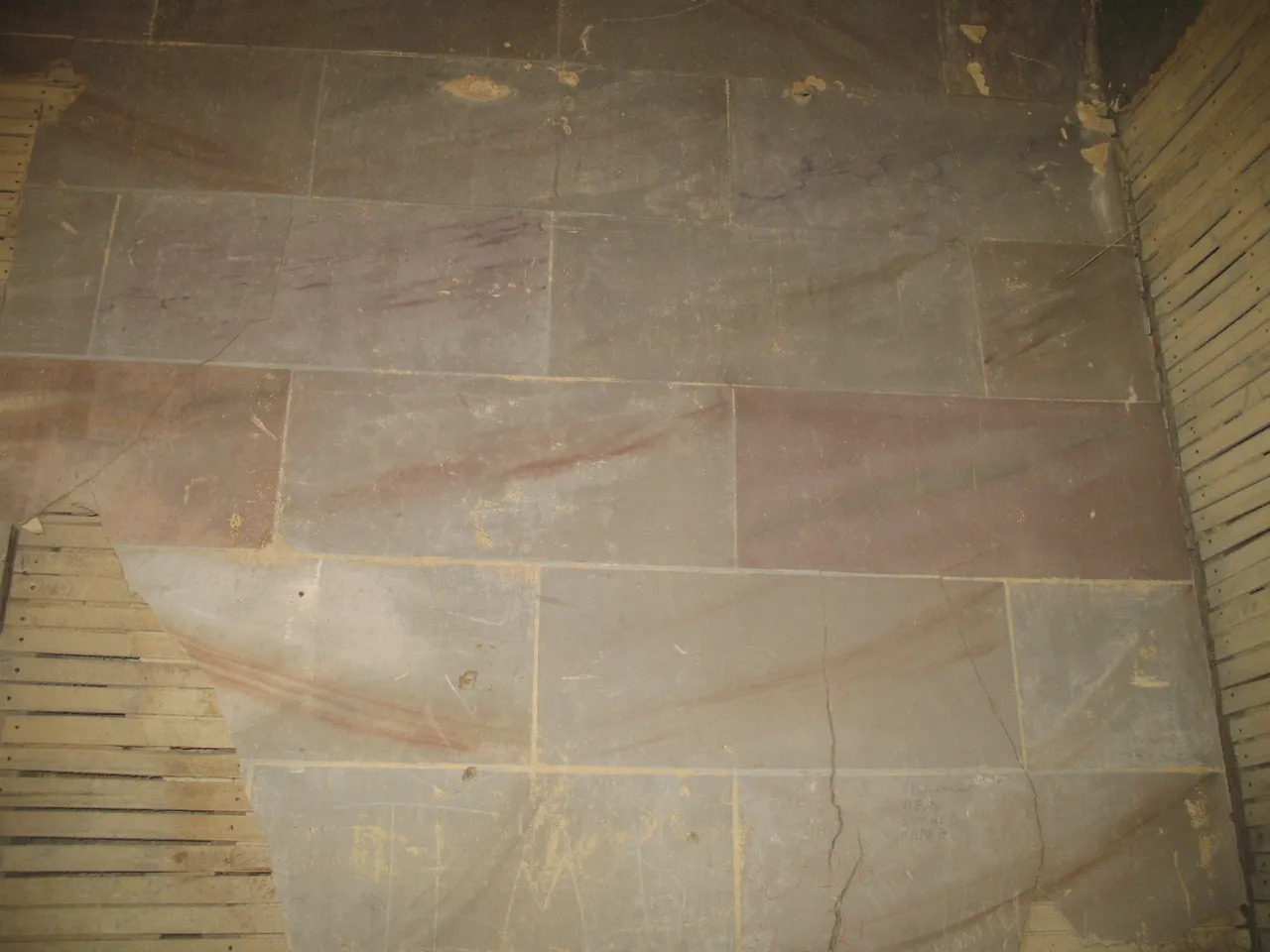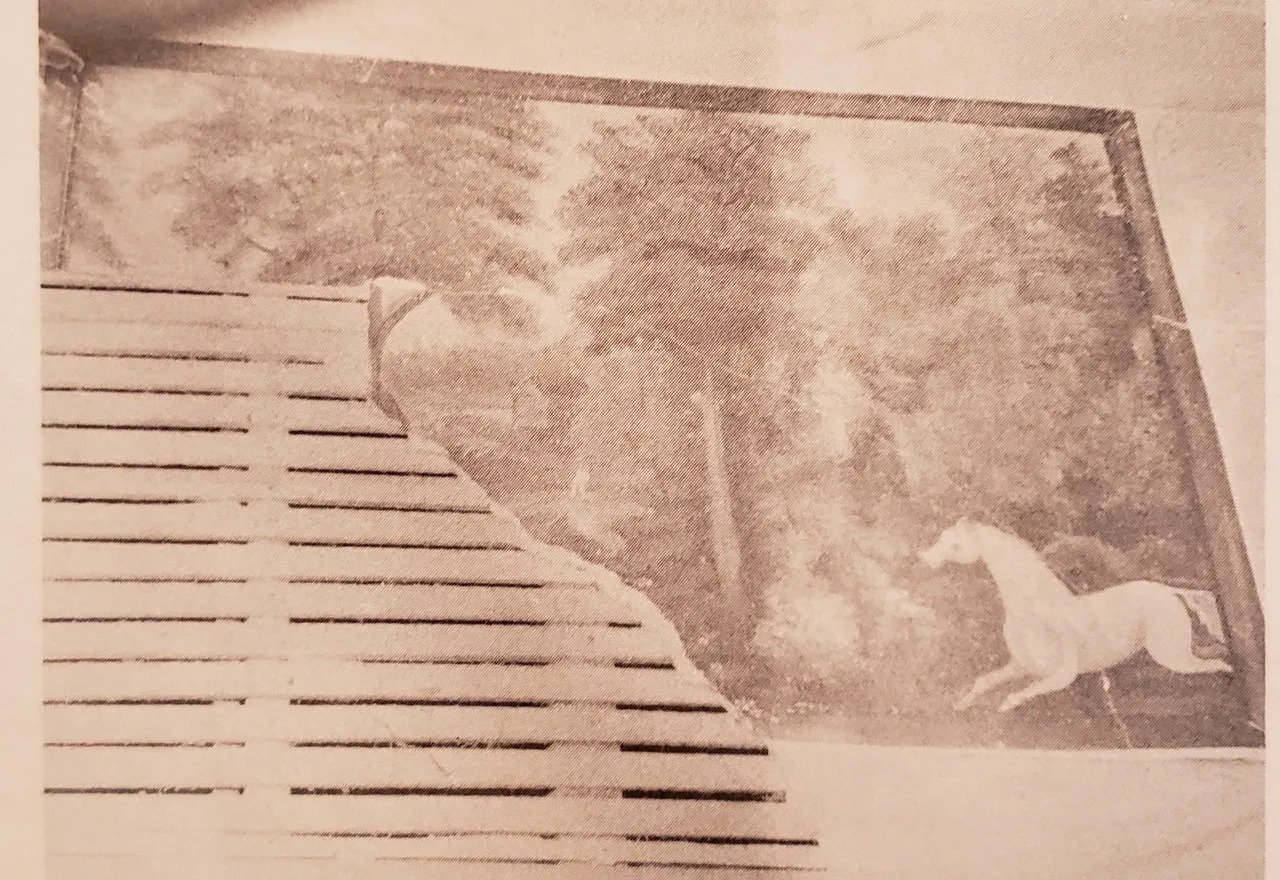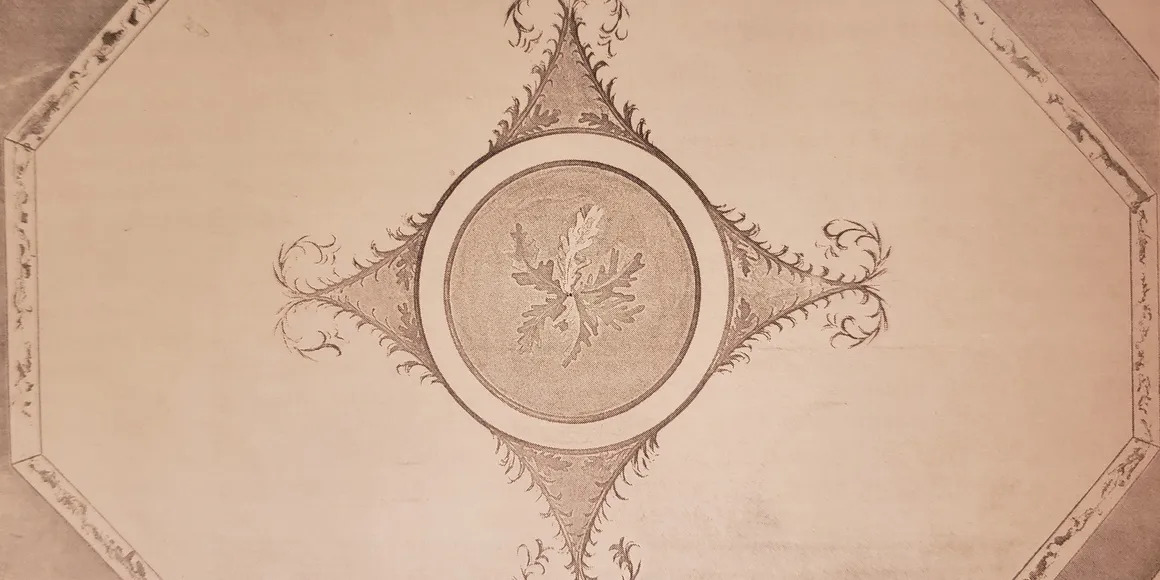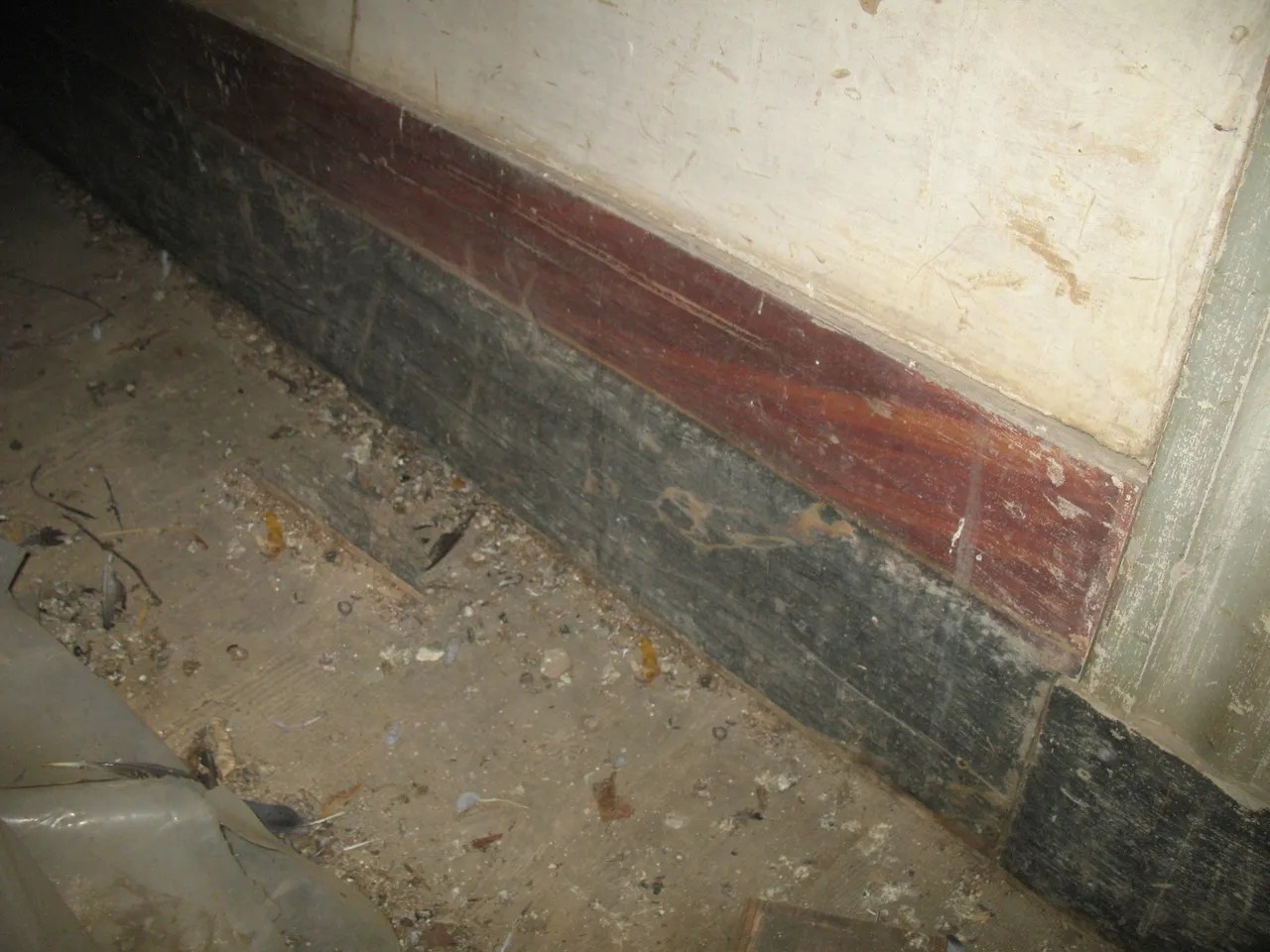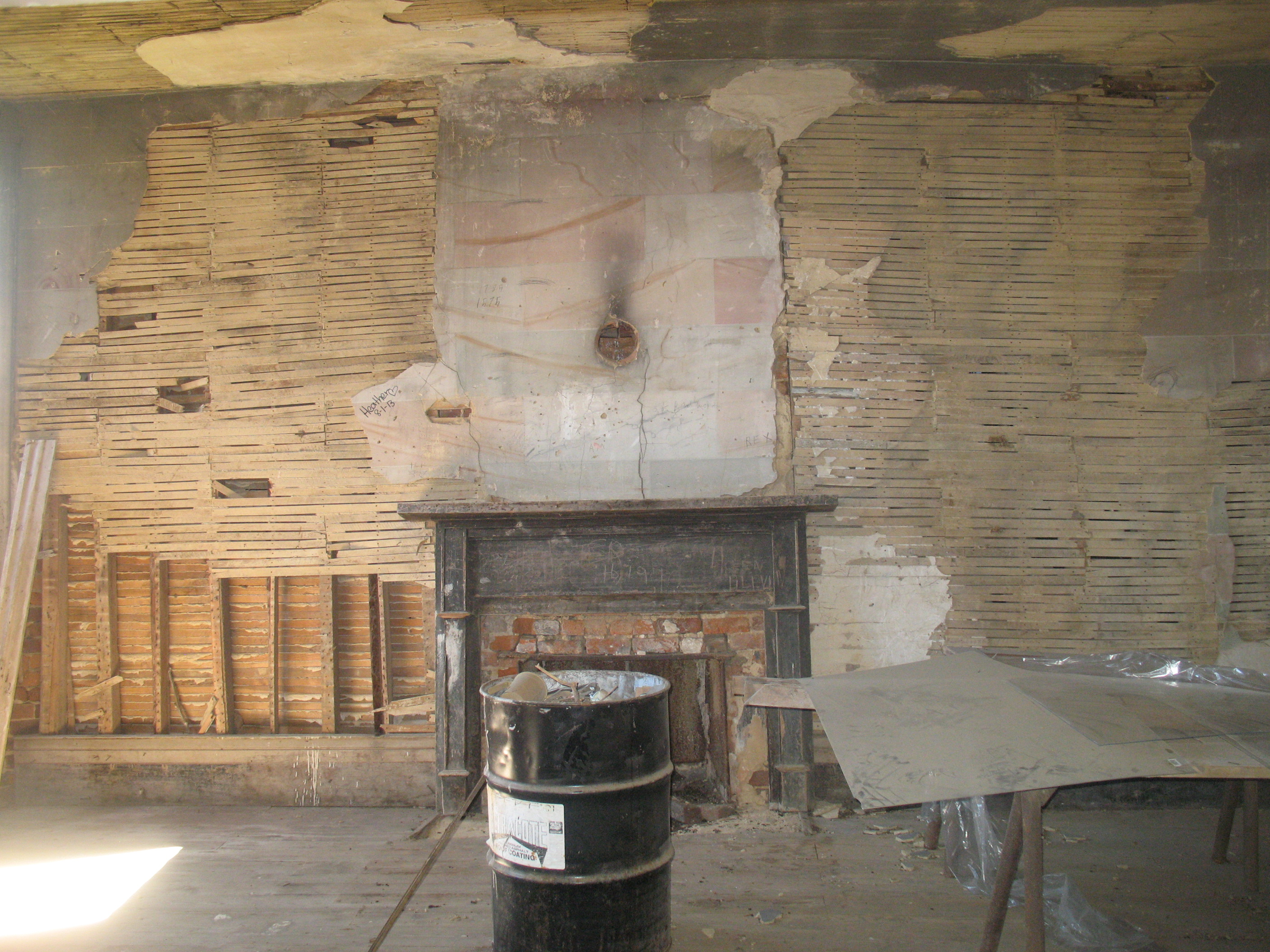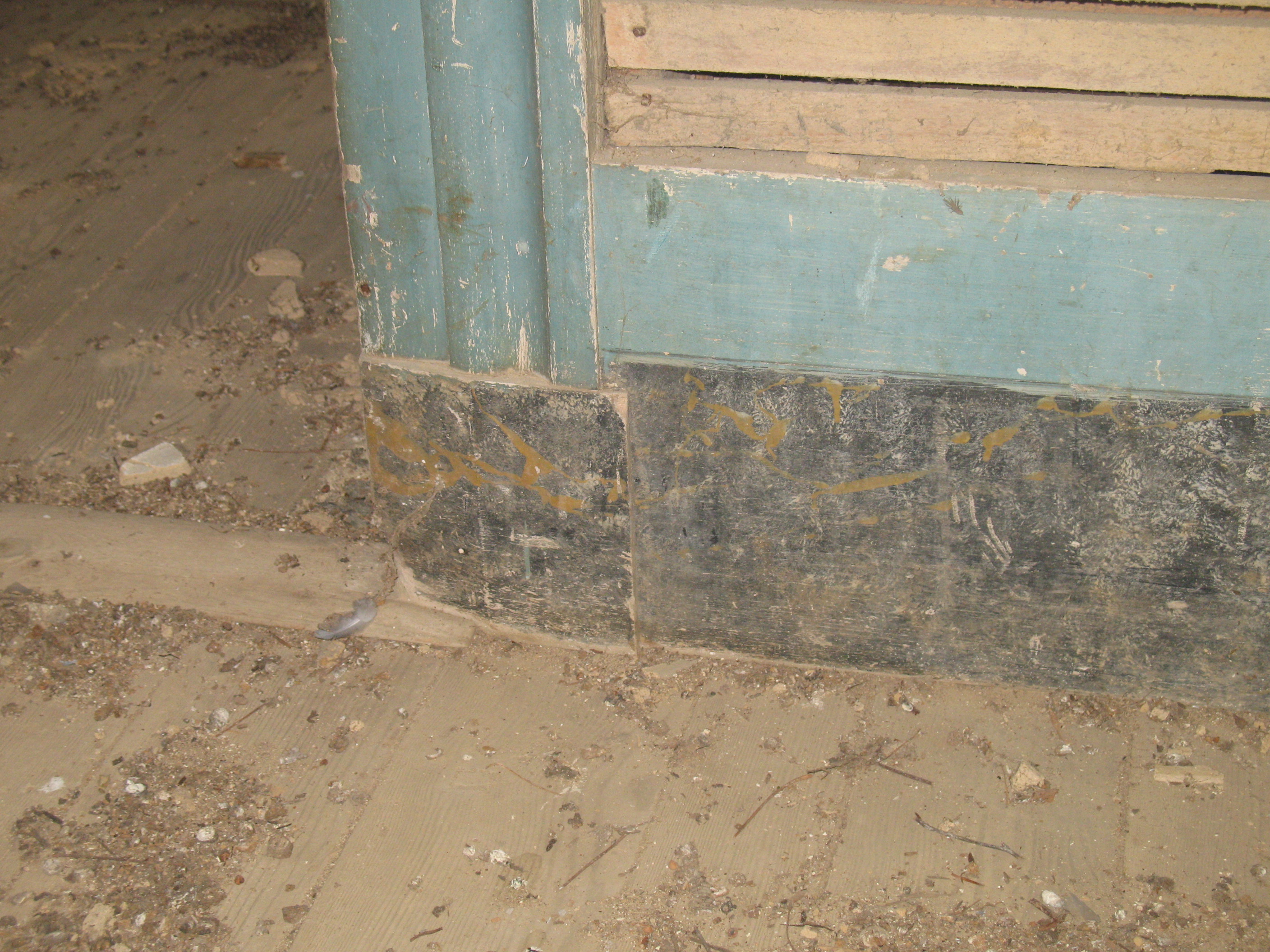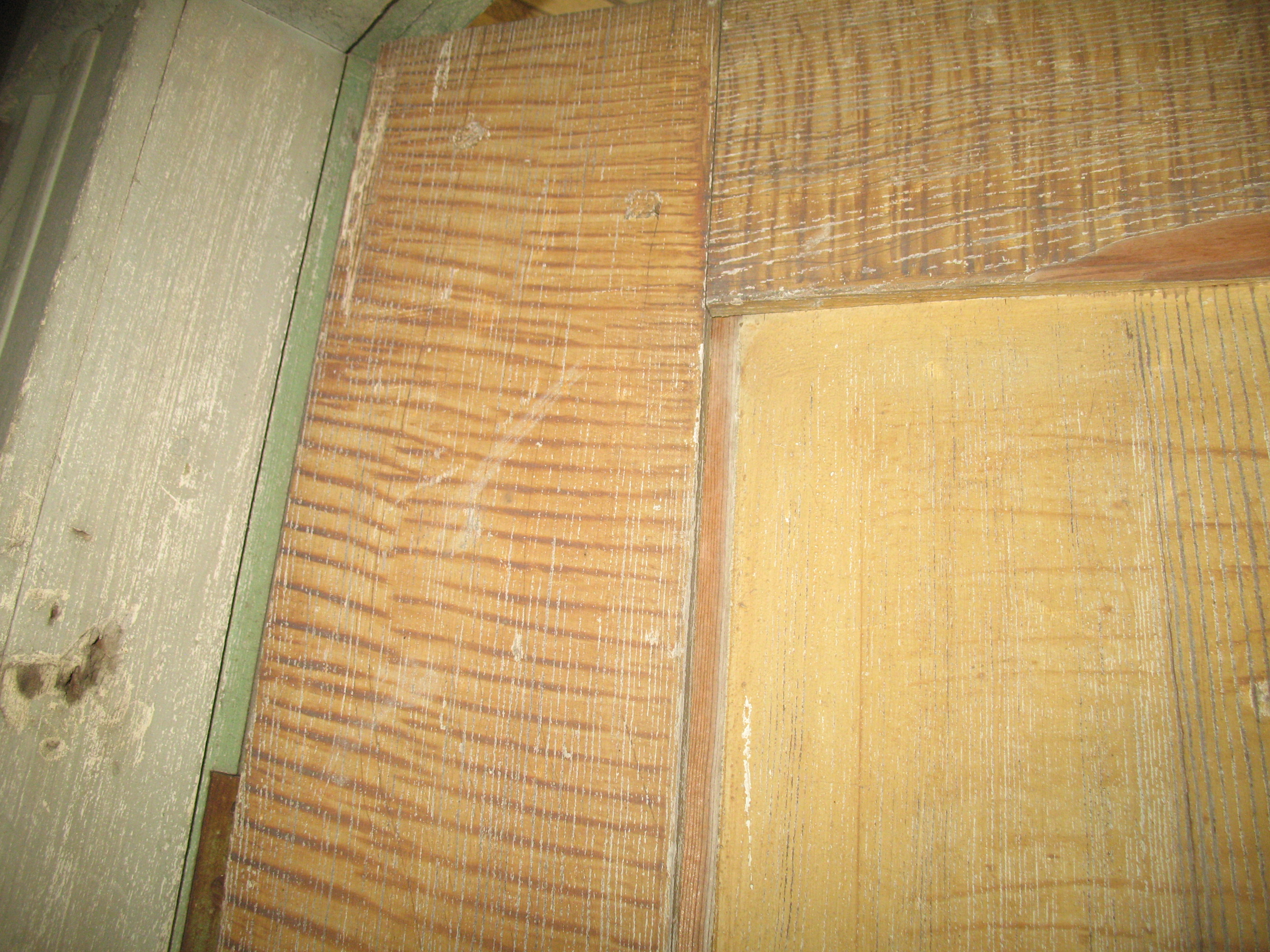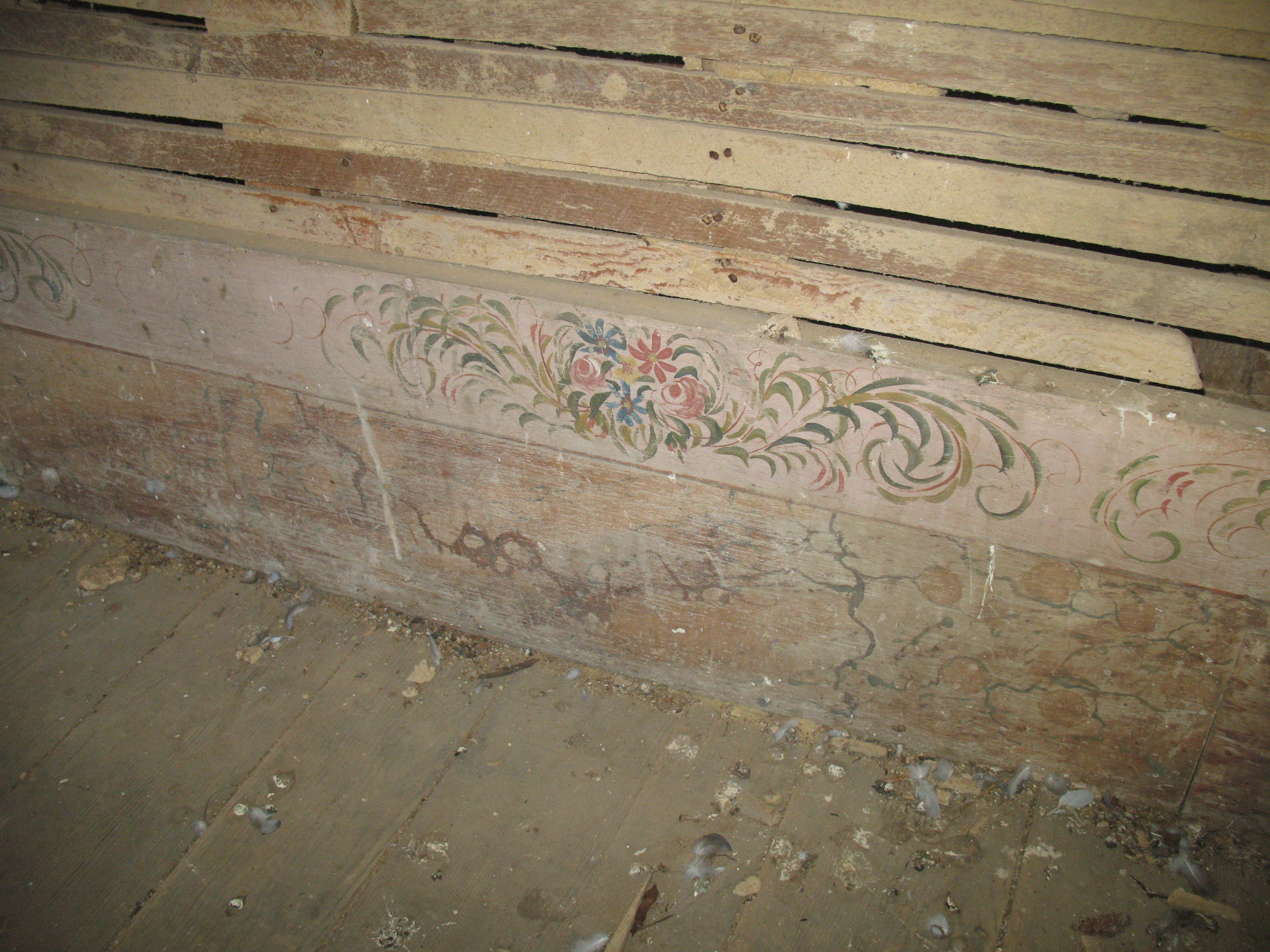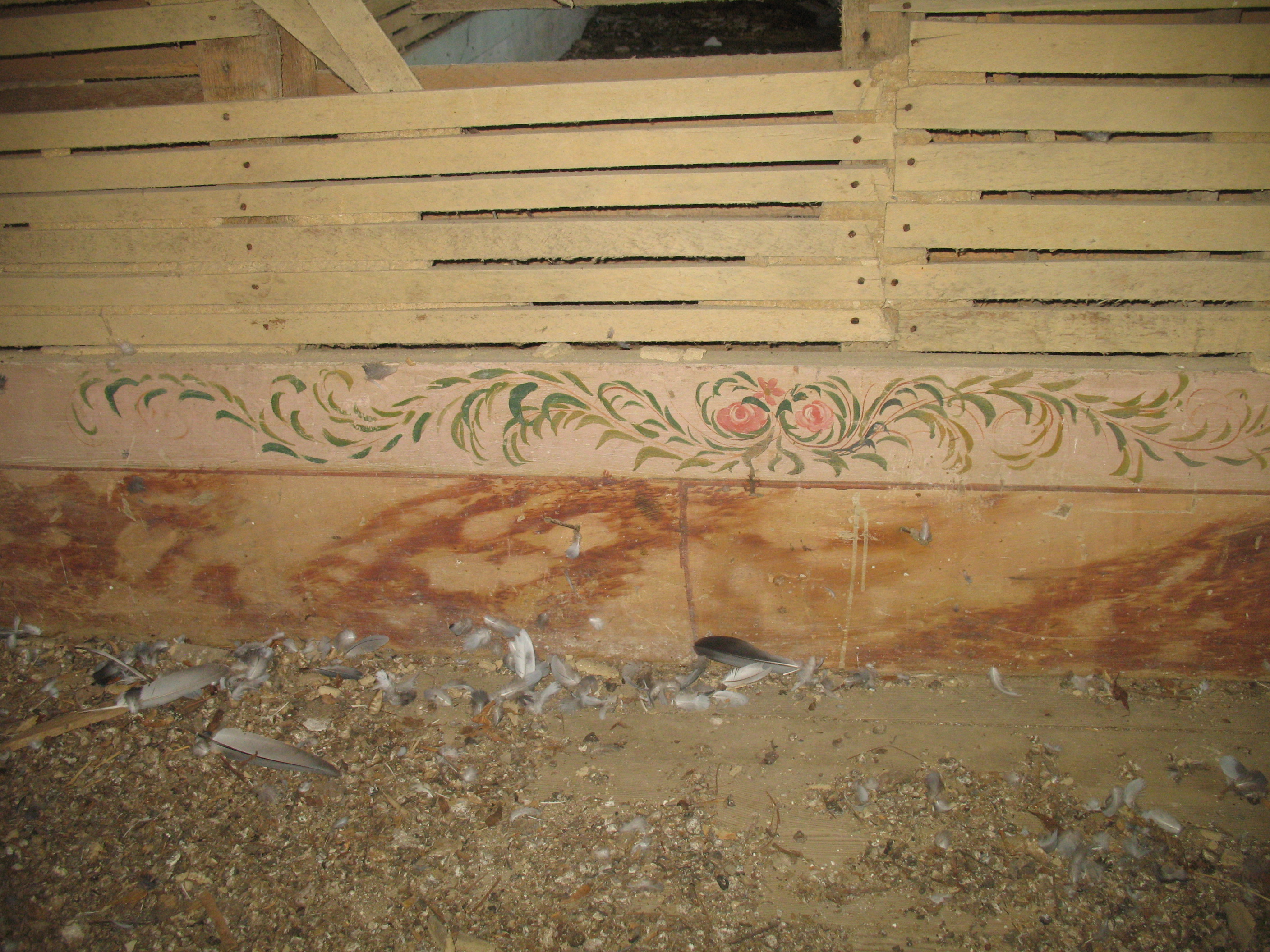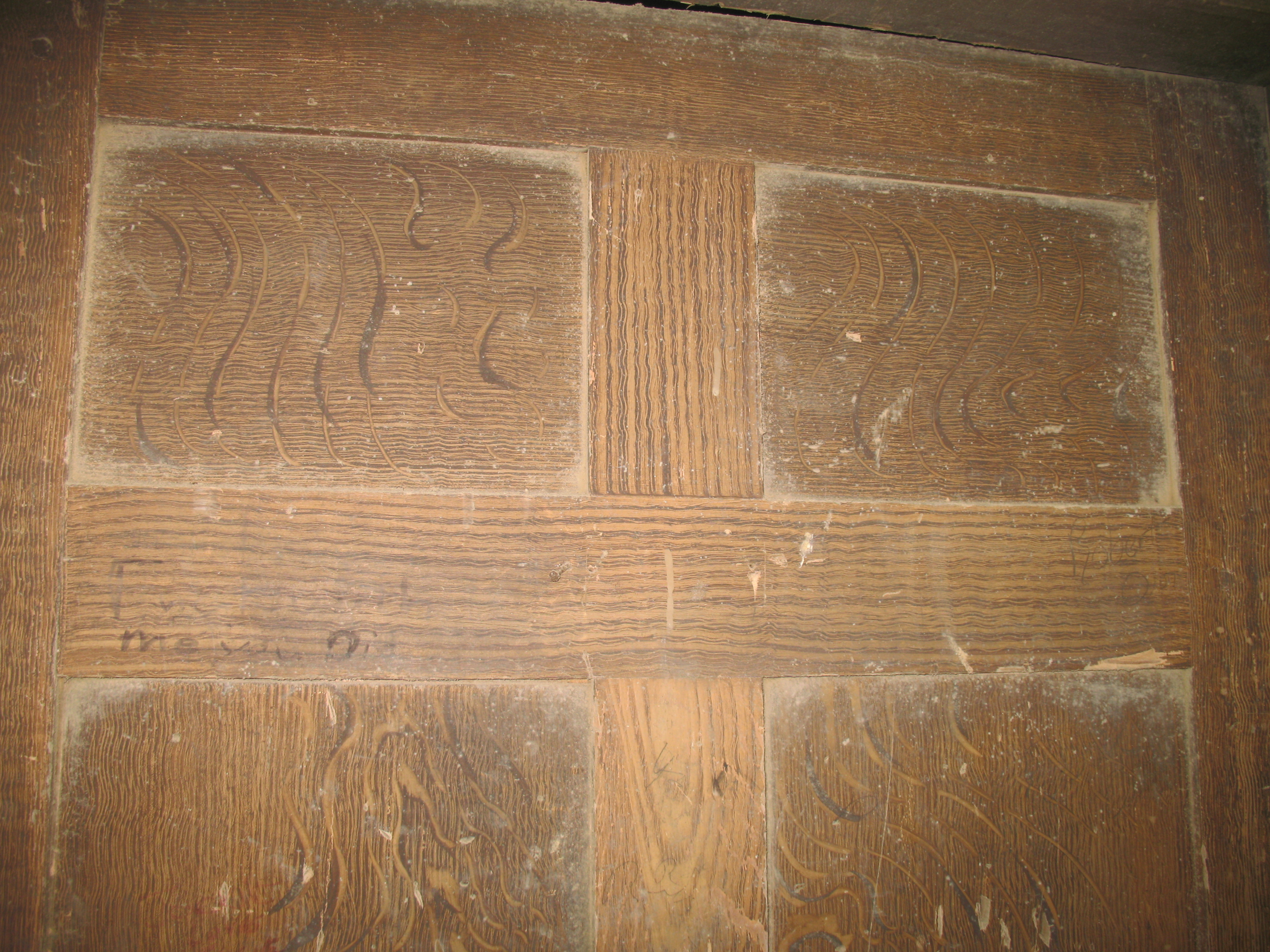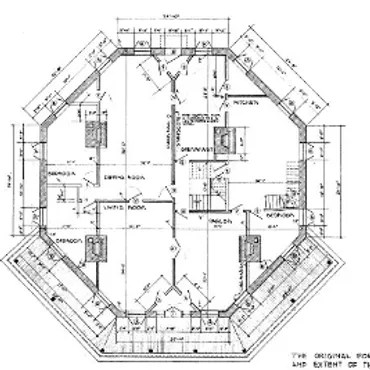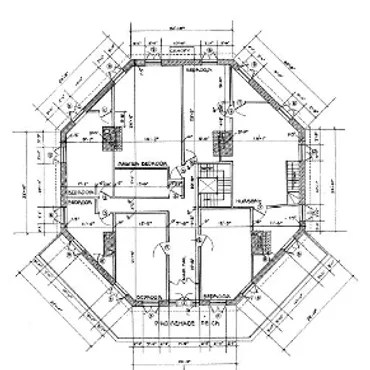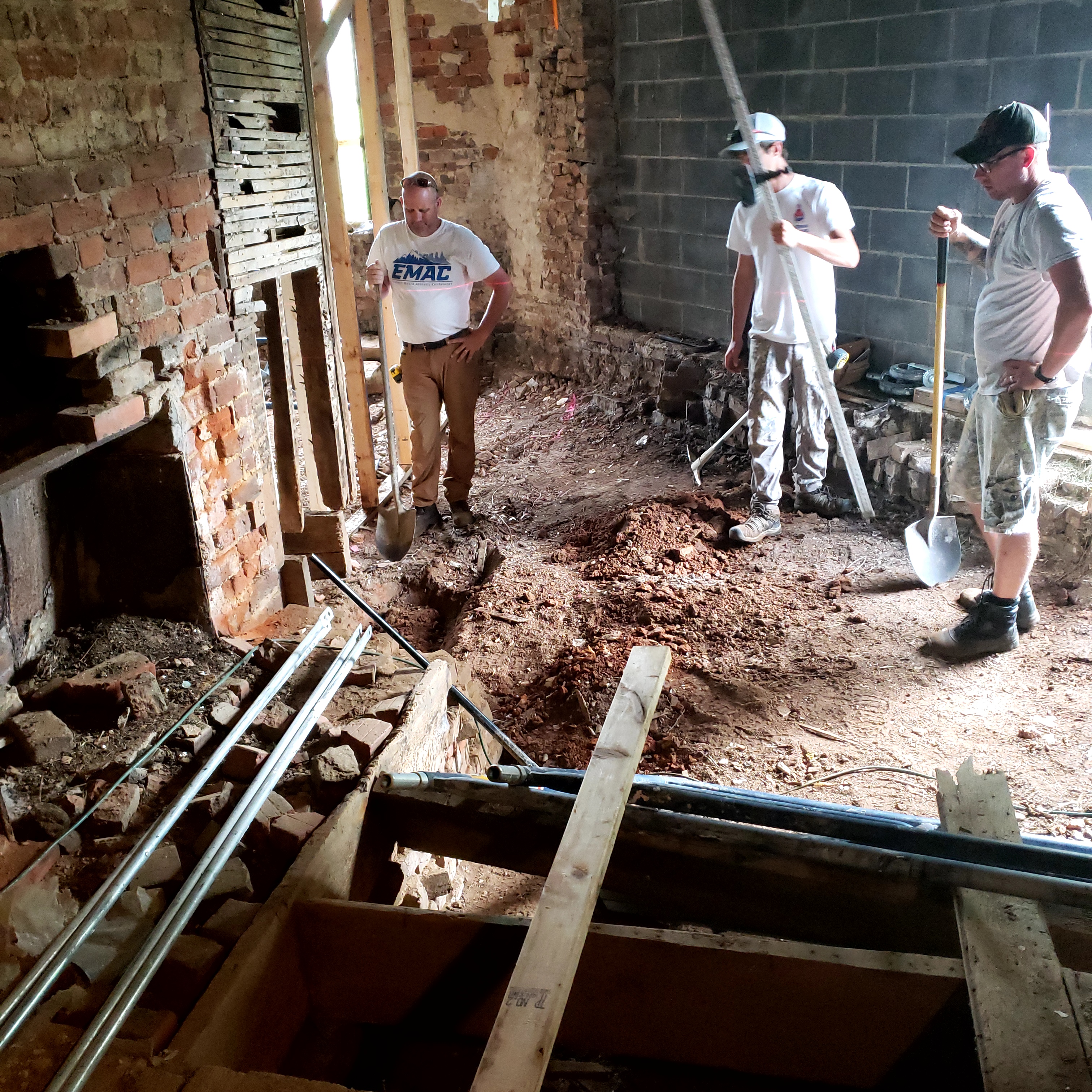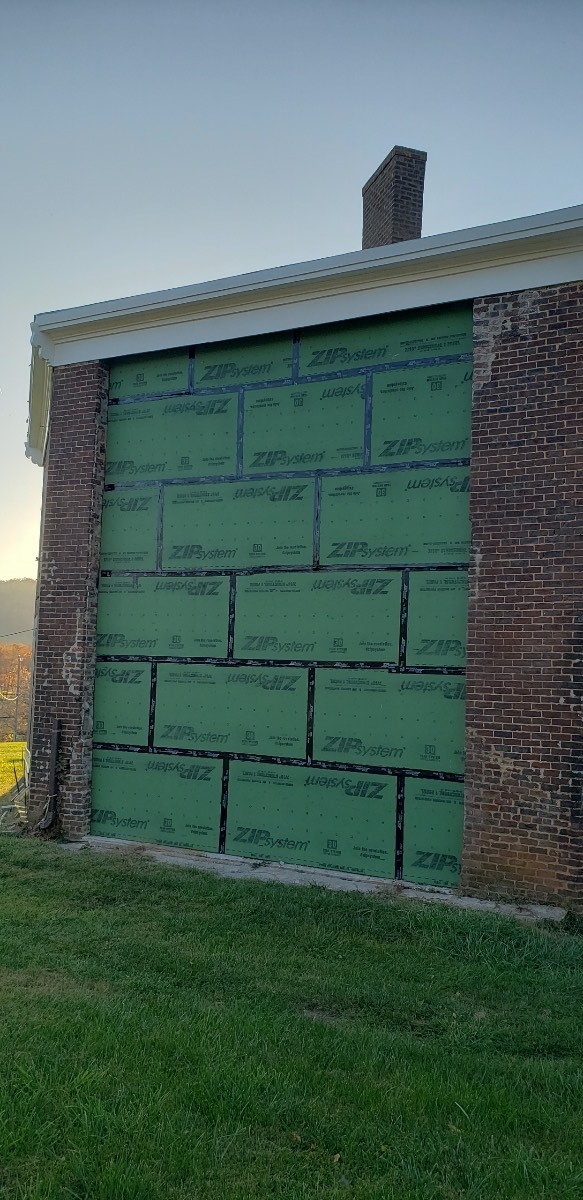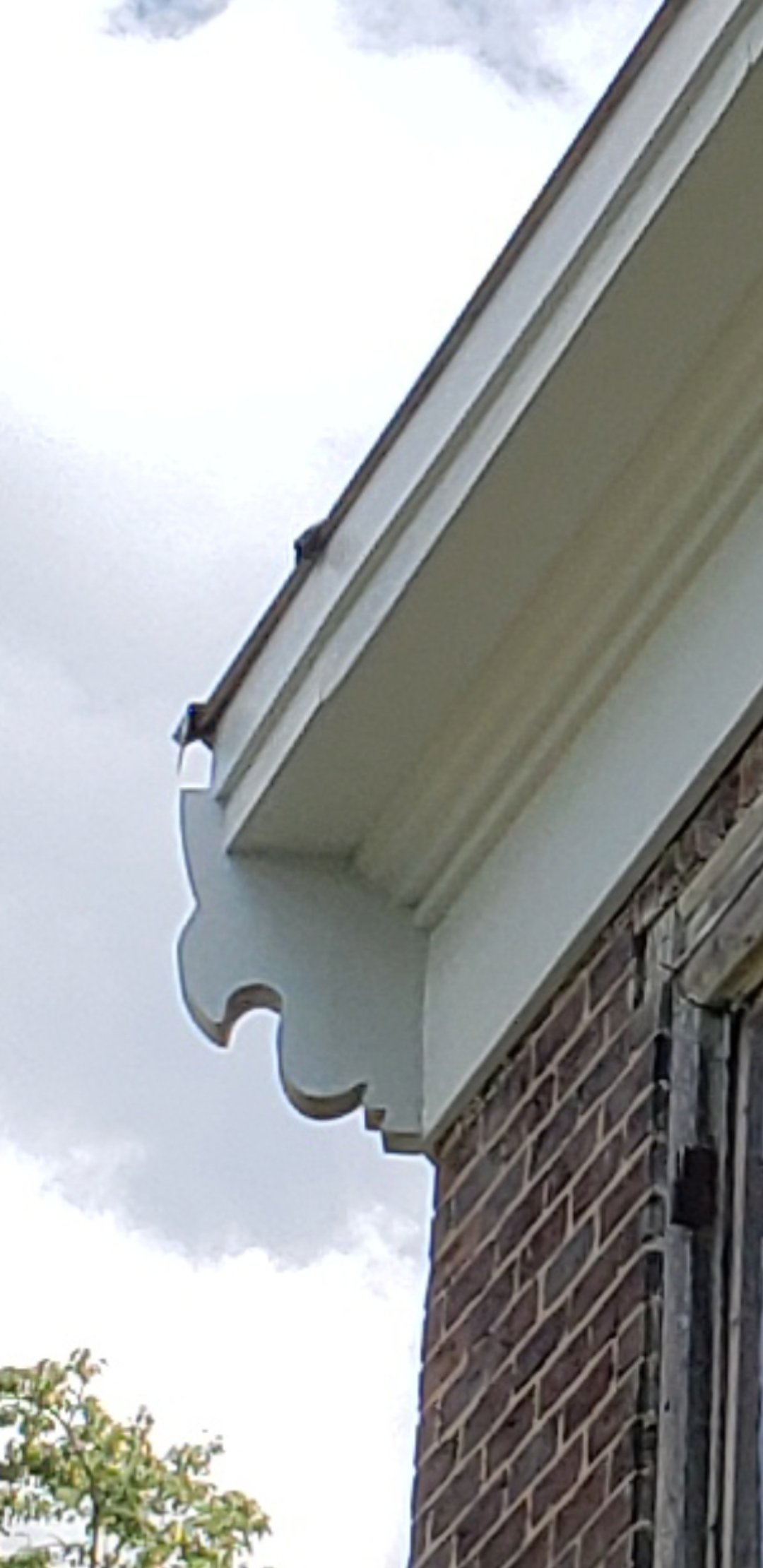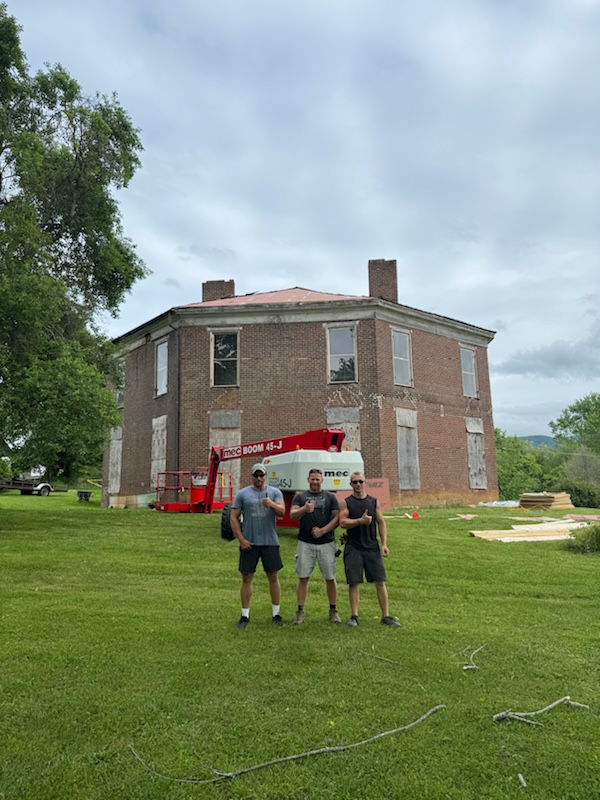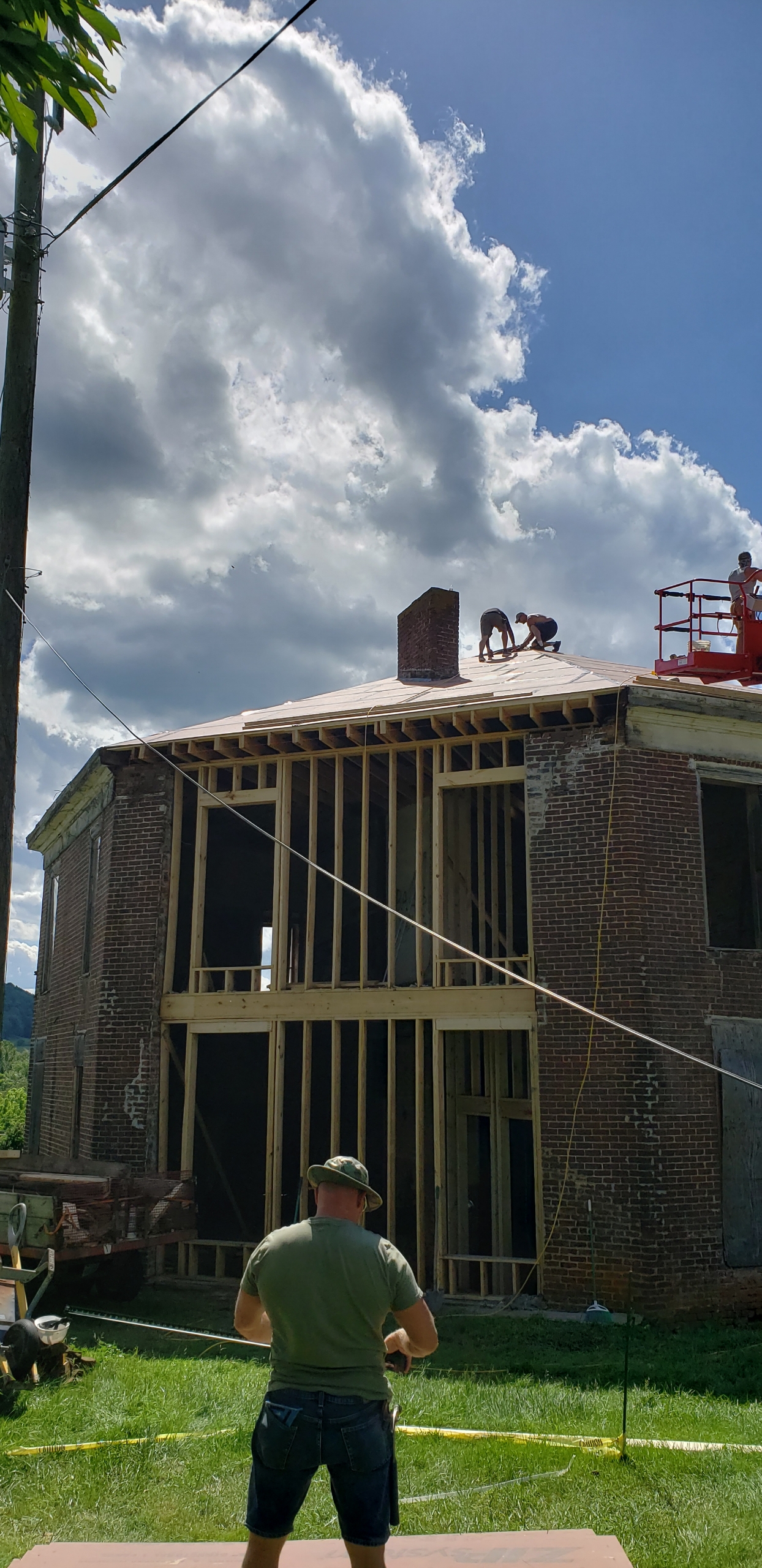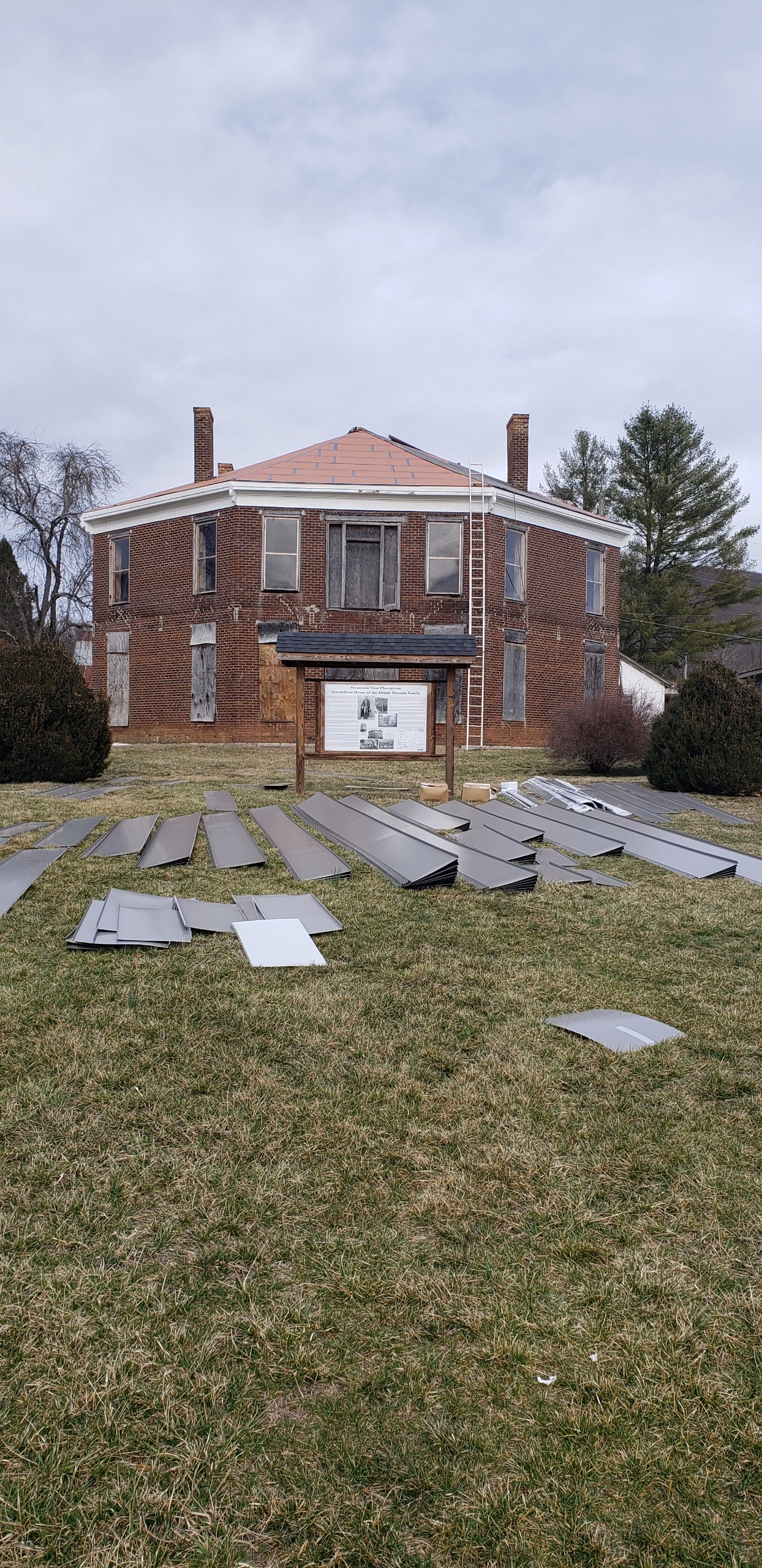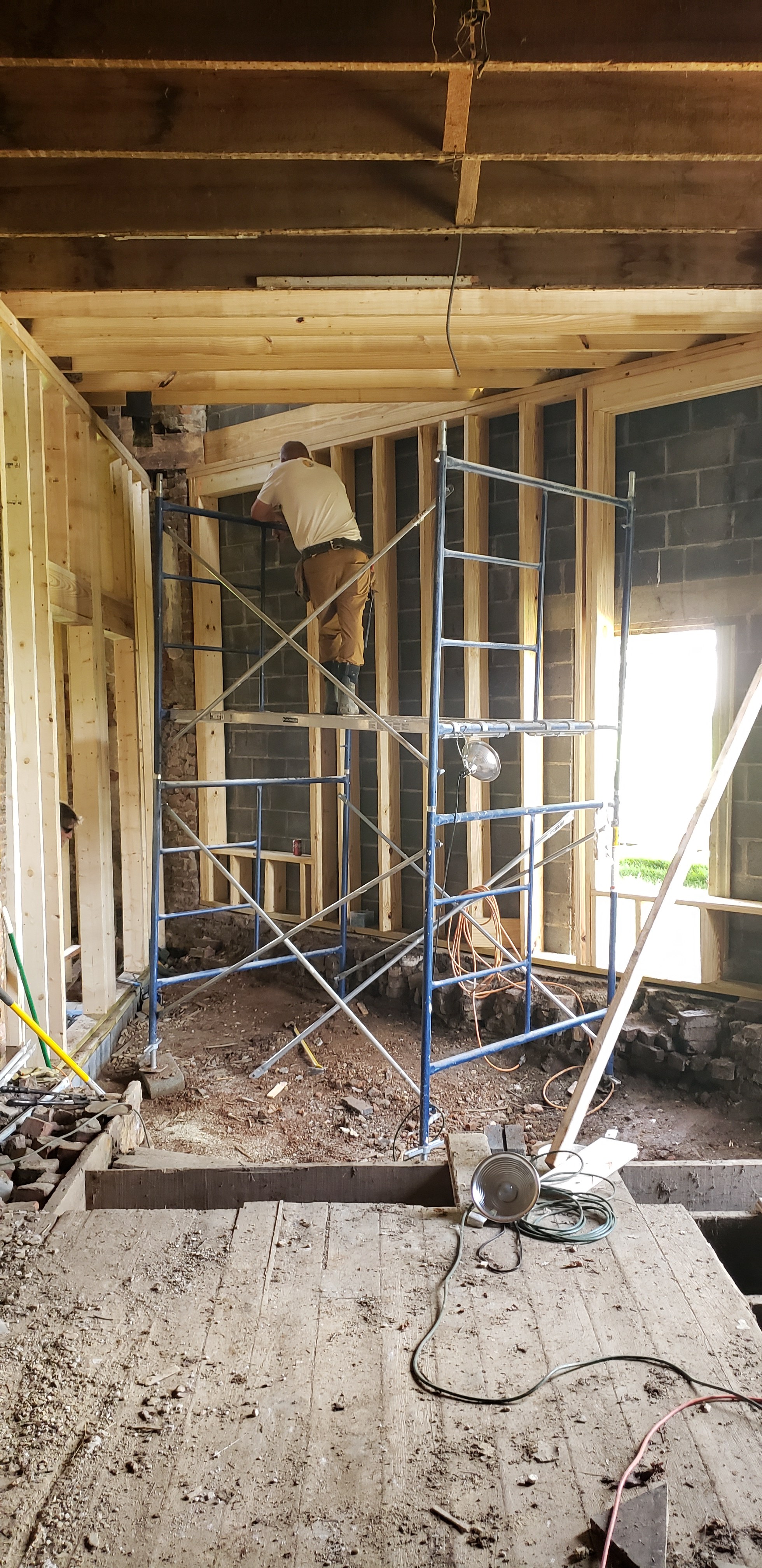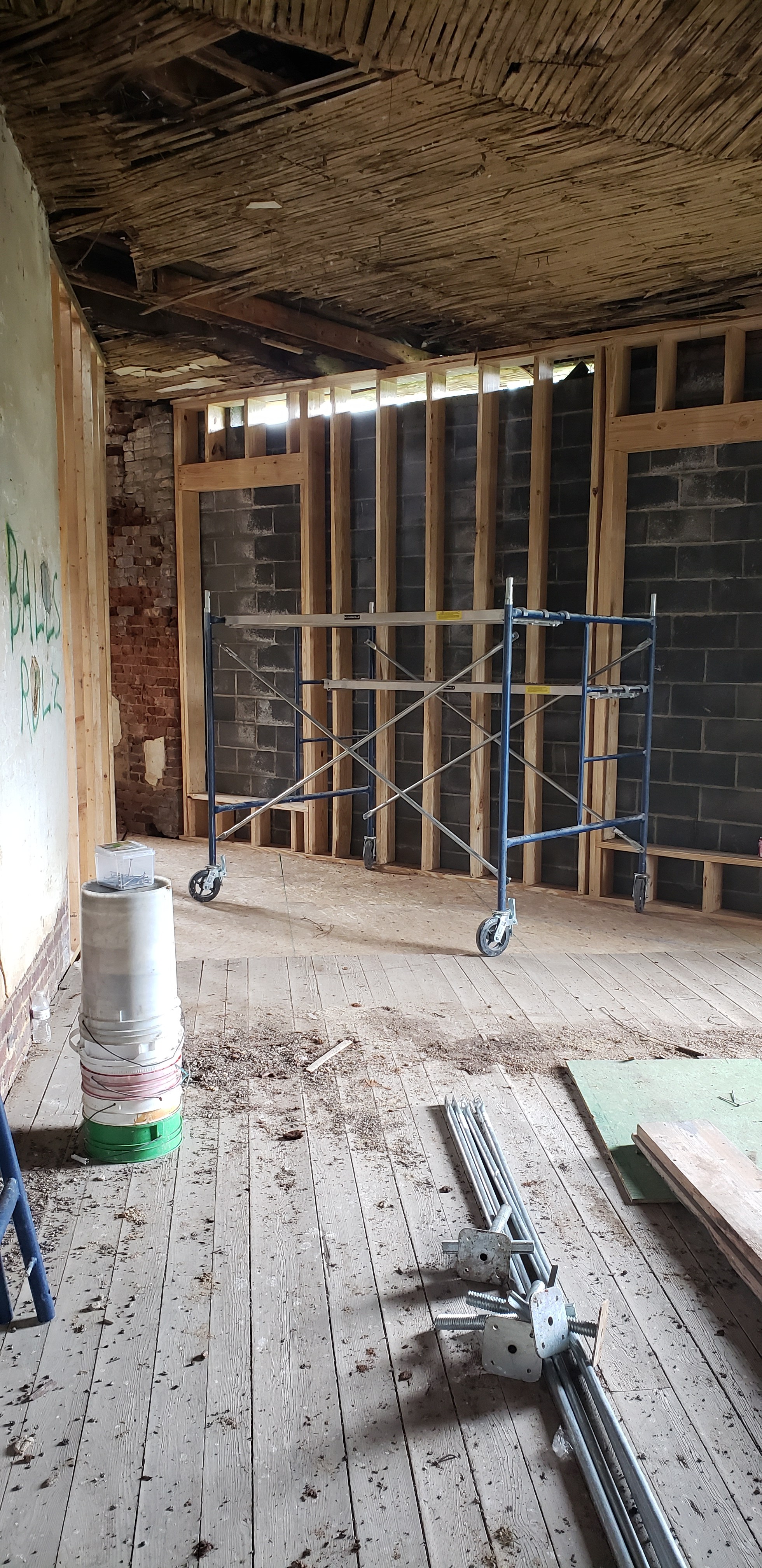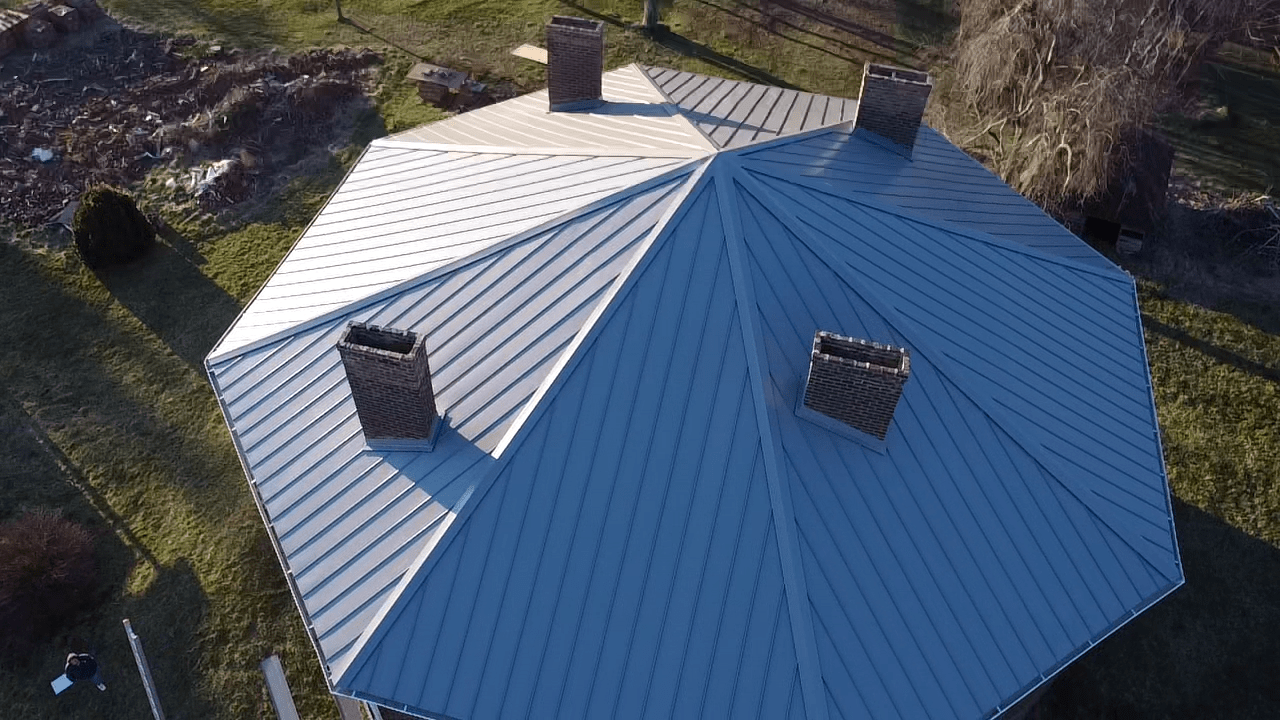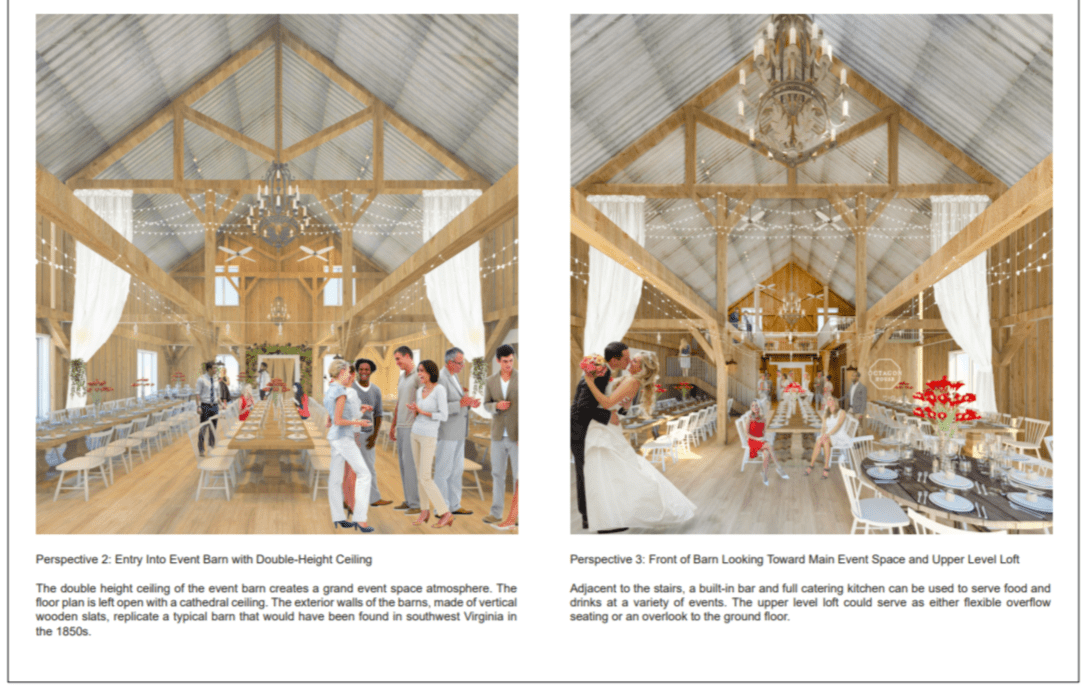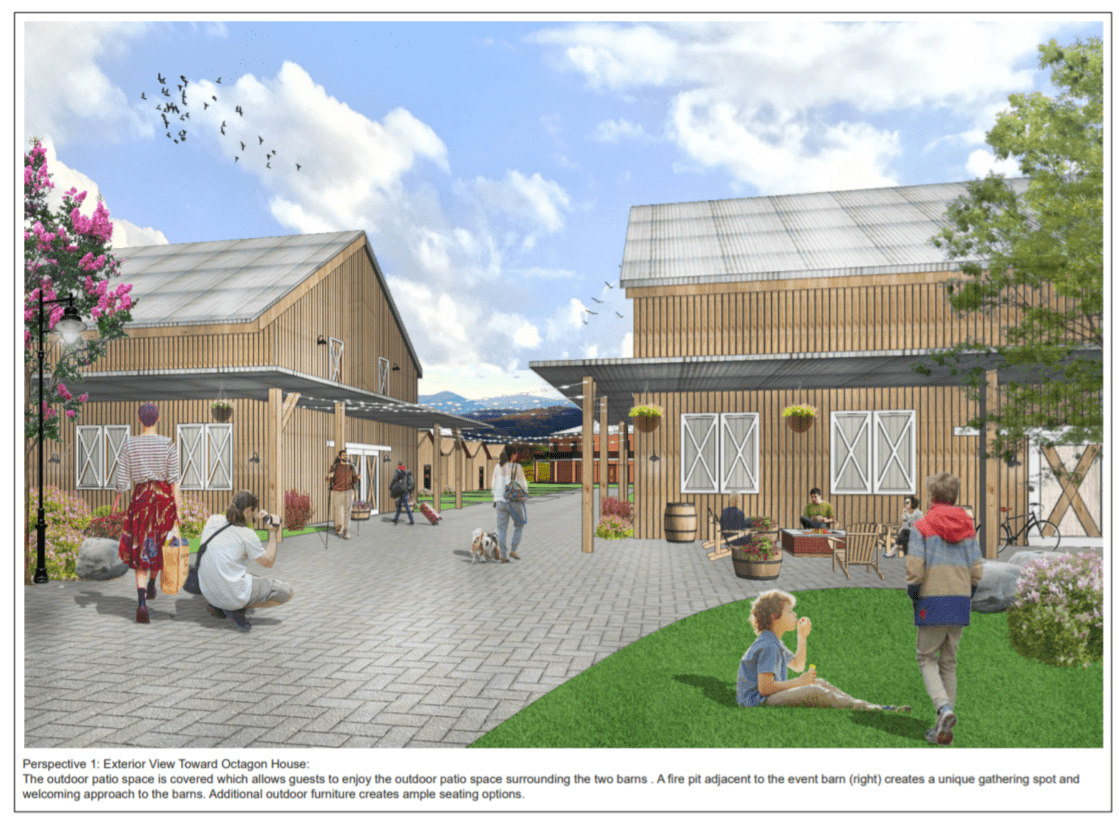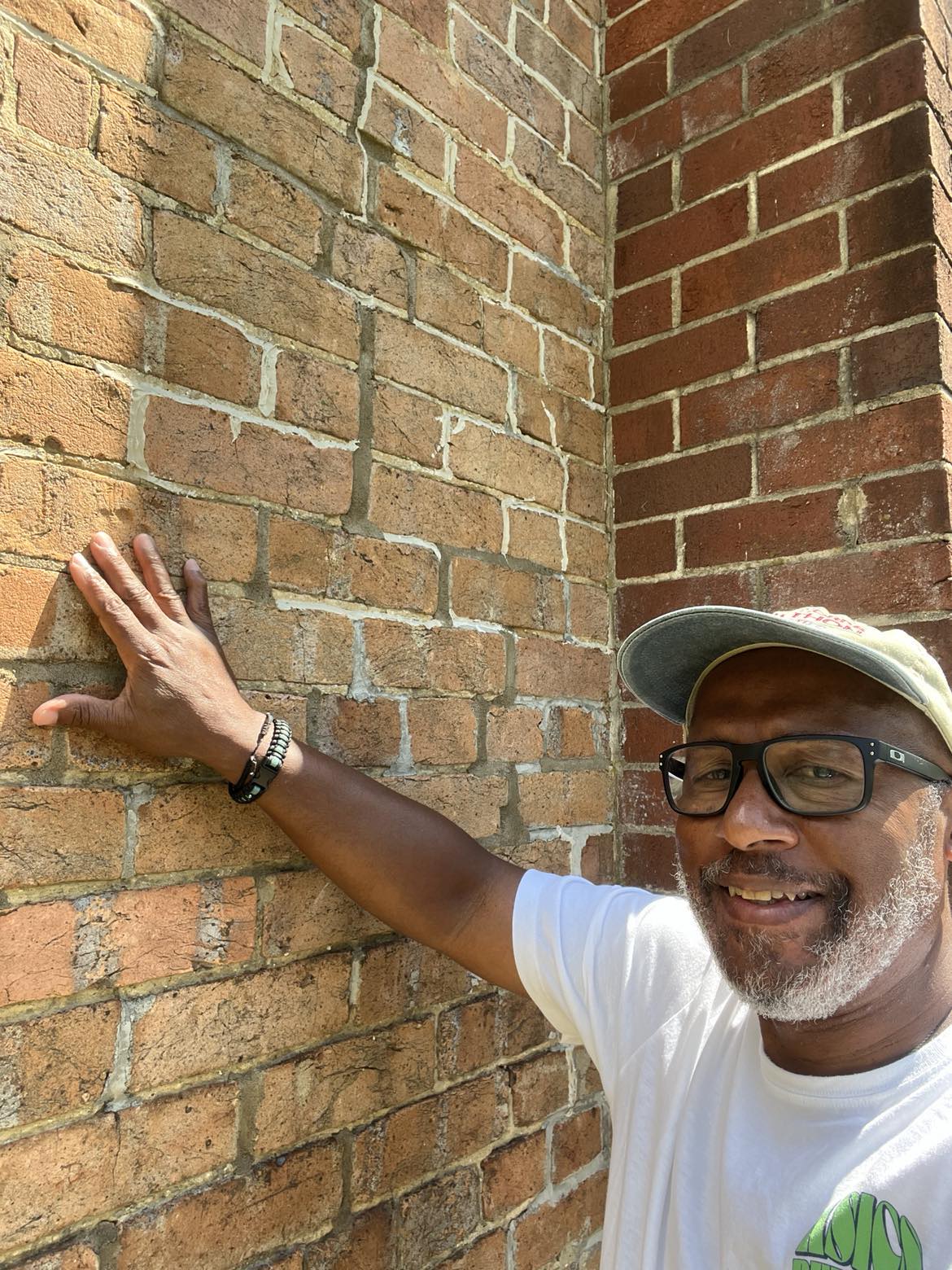Many people dream of restoring an old home.
Marion resident Derek Orr is one of them, except his dream is rooted in giving back to the community.
Orr has organized a grassroots effort to help preserve a rare and historic house in Smyth County with plans to transform the landmark into a cultural experience center, a community-based place to learn about the arts, culture, and history — perhaps the first of its kind in this area.
After ten years of planning and fundraising efforts, the pre-Civil War octagon-shaped house on Thomas Bridge Road in Marion is undergoing a long-awaited rebirth. Named the Mountain View Plantation, the antebellum home is affectionately known as the Octagon House.
Despite decades of neglect and abuse, the Octagon House is like a hidden gemstone in the community, boasting as one of Virginia’s rarest and most unique structures.
The Octagon House Foundation, a nonprofit foundation, was established in 2014 to help support the project that’s estimated to cost more than $2 million to complete.
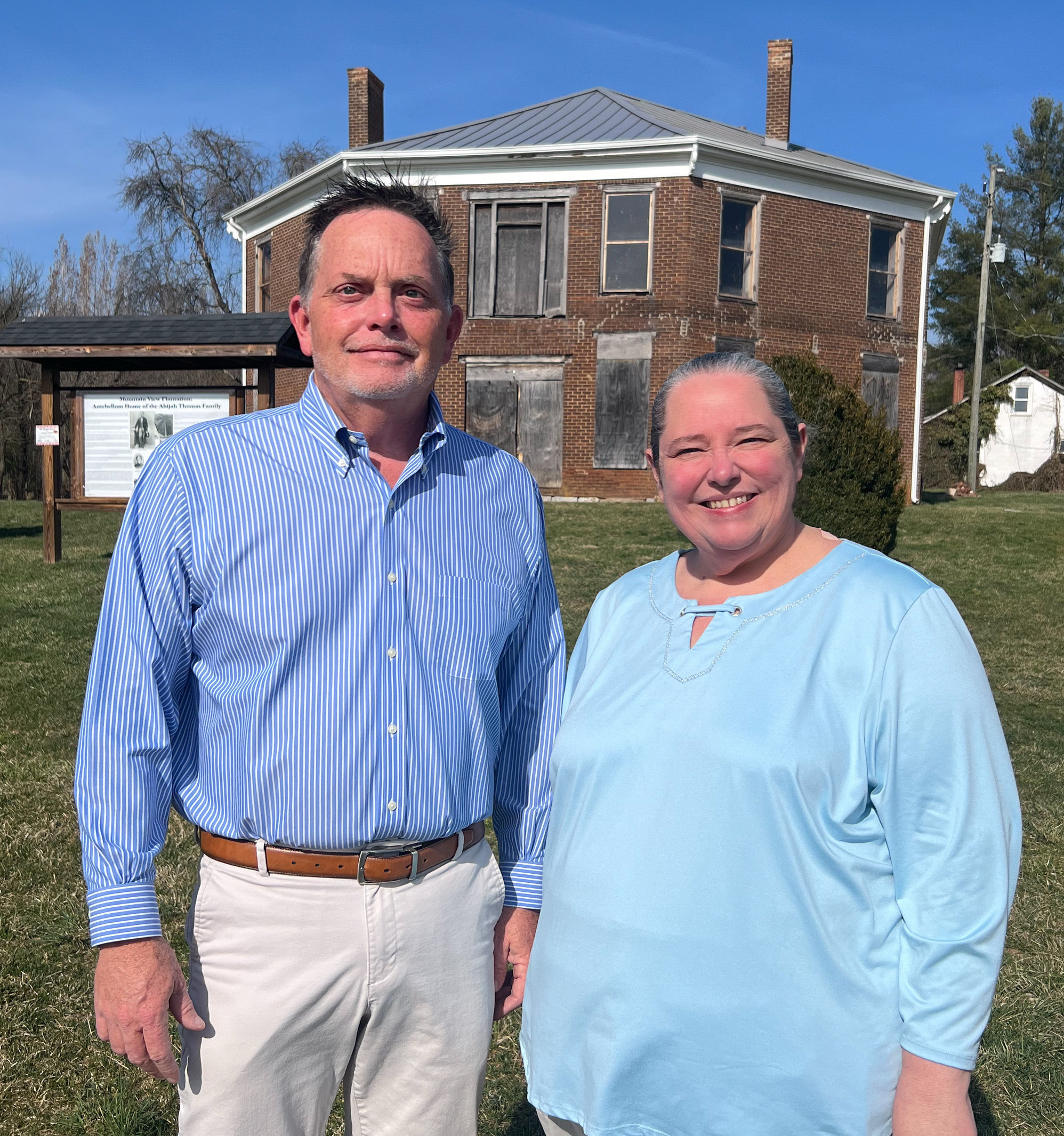
It’s a challenging project, but one that Orr, president of the foundation, is determined to see come to fruition. Unlike most houses built before the Civil War, the two-story, 17-room octagon house has eight sides and is one of the few remaining examples of its kind in the country.
It’s one of Smyth County’s most fascinating artifacts, attracting visitors from as far away as Europe to see the architectural wonder nestled in the Appalachian Mountains.
According to Orr, the mission is to restore the nationally, state and locally recognized historic structure to its original appearance.
“Plans are to create a cultural and educational destination where visitors can experience the past and teach future generations how every aspect of history affects and impacts social and cultural issues of today,” said Orr.
Educators will be invited to bring their students to the house, offering them an à la carte experience touching history and participating in reenactments.
Programs will meet the Virginia’s Standards of Learning (SOLs) and Core Curriculum Standards.
“Smyth County teachers already are using the house as a teaching tool for their history students,” said Orr.

As work continues to unveil the beauty of the historic home, the restoration project is becoming widely applauded. Orr said the prospects of creating a cultural experience center have caught the eye of organizations, such as the Kegley Lecture Series for the Historical Society of Western Virginia.
Orr continues to research the house, the people who lived there, and the enslaved people who built the structure brick by brick. His goal is to uncover the names and lives of the enslaved people whose only connections to the house are the fingerprints encased in the bricks. Fingerprints encased in bricks are a poignant reminder of the enslaved people who built them, often leaving their imprints as they worked with the clay.
The house is set to open to the public as early as the end of the year, allowing visitors to observe the decorative interior restorations as they continue to take place on site.
“I want people to be part of the restoration and to experience it themselves as if they are part of the process,” he said.
Orr insisted the house is not just a cultural landmark. “It’s something people will come to see without being invited. It has so much to offer because it’s touched so many realms of the United States.”
He’s been in love with the house since he was a youth, often asking his family to bring him there to draw and ponder the curious structure that stood alone in a field, evoking a sense of solitude and decay, with weathered walls and peeling paint, suggesting years of neglect and a forgotten past.
So naturally, when an auction of the house came up in 2003, Orr and his wife, Deborah, were there to purchase the historic house that had sat empty and neglected for 80 years or more.
Their lofty plans were to restore the house and turn it into a bed and breakfast, but those plans fell through when unexpected expenses made the endeavor unattainable.
“But, I still wanted to save the house,” he said.
“Even though it’s a landmark, a lot of people — even in this area — don’t know its history.”
Orr started the Octagon Foundation to help make those dreams come true.
“I wanted to preserve the house for multiple reasons,” he said.
“Architecturally, it’s a very sound domestic dwelling, especially from that time period.”
According to Orr, there are only a few octagon-shaped houses remaining in Virginia that were built prior to the Civil War (the most famous of which is Thomas Jefferson’s Poplar Forest in Bedford County, which started construction in 1806). The fad became popular when Orson Fowler wrote a book, “The Octagon House: A Home for All,” in 1848. But the architecture remained an uncommon style even though the house was supposedly less expensive to build, offered views from all sides, and allowed for good ventilation.
Orr’s connection to the extraordinary house made his decision to renovate an easy one.
“My family has connections to the home and that helped spur my decision to do whatever I can to save it,” he said.
Those connections
The history behind the house is as fascinating as the structure itself.
Orr’s third great-grandfather emigrated from Prussia and met Abijah Thomas, the builder of the home and plantation owner, in Boston. Thomas encouraged Orr’s grandfather to come to Southwest Virginia, where Thomas and his family were early settlers in the Rye Valley area, which at that time was in Washington County.
Growing up in the area, Thomas inherited a small plantation on South Fork of the Holston River. In addition to leading an agrarian lifestyle, Thomas focused on using his land to build an industrial-based empire.
By 1860, Thomas had acquired more than 10,000 acres in this area. He established the Holston Woolen Mills, around which a village emerged, and operated a saw mill, grist mill, and tannery. Southeast of Marion, he opened an iron furnace that produced pig iron for the Confederacy.
According to Orr, enslaved African Americans and hired workers labored on his properties.
A house is built
During his business trips to and from New York and the New England area, Thomas met Fowler, who is responsible for starting the craze for octagon houses.
Eager to build one, Thomas returned home to Virginia and started the construction.
According to Orr, the plans were designed by Thomas, and his enslaved people made over 350,000 bricks near the construction site. The house was completed in 1858, three years before the Civil War began.
According to Orr, the Octagon House probably was one of the largest houses in Southwest Virginia and the most decorated house in Virginia. The décor represents a unique style that includes different architectural styles during that time period.
Extensive trompe l’oeil marbleizing, stenciling, graining, and murals are used throughout the home. “That’s what makes the house very rare,” Orr said. “The parlor is decorated with blue and pink marble block, all hand painted by a traveling French artist.”
Each principal room has faux marble mantels. A staircase is decorated with each riser featuring a different color of marble.
“During this period, staircases were becoming less of a focal point,” said Orr. “The Octagon House stair hall, though beautifully decorated, is slightly off-center of the house and contains no windows, lit only by indirect lighting from surrounding rooms.”
A large leaf motif decorates the ceiling, surrounded by marble block.
“I understand that the wood paneling wainscoting going up the stairs was painted with a feather. Everything is very unique,” he said.
Murals depicting plantation scenes adorned the walls of the triangle-shaped foyer.
All windows and doors were constructed utilizing wood pegs in place of nails.
According to Orr, mortise and tenon building techniques were utilized throughout the massive structure’s interior construction, strengthened by iron straps. This was a marriage of ancient and modern building techniques, he said.
The house was heated by iron fireplace inserts and numerous wood-burning stoves, a rarity when most homes at that time had only traditional fireplace heat.
A fireplace mantel in the parlor features black faux marble covered in glass to reflect the light.
“The builder didn’t need to import expensive woods and stone because he used creative techniques instead,” Orr said.
A financial downfall

During the Civil War, many Southern businessmen, including Thomas, faced significant economic hardship and potential ruin due to the war’s impact on trade, markets, and industry, as well as the threat of violence and economic instability.
The Battle of Marion in 1864 destroyed Thomas’ iron foundry and tannery. The war stopped the import of wool and other necessary materials for his wool factory, which made military uniforms and other necessities.
The empire built by Thomas was left tattered and destroyed by the invading military, unable to ever recover. Thomas died in 1876 at his beloved house.
Surrounded by debt, his wife, Priscilla Scott Thomas, and their ten children were left to manage the homeplace. Lawsuits filed by creditors reduced the plantation to a mere hundred acres.
In the late 1800s, the house passed out of the Thomas family. His wife was forced to leave the plantation and live with her children in Marion. They lost practically everything.
According to Orr, the house went to a succession of owners, eventually leading to it becoming an apartment building, an apple storage facility, and a tobacco barn, all of which caused a great decline in the house.
The rebirth
In 2014, Orr gifted the house and land to the Octagon House Foundation, which was created by the Orr family to save and restore the landmark. As much as $200,000 was raised in May 2024 to start the restoration project. “People around the region have rallied to support this project, donating funds, volunteering their time and efforts to bring this house back to life but for a different purpose that tells our growth as a people since its construction.”
Local architect William Huber has developed a phased plan of restoration that is sensitive to the historic architecture and compliant with the guidelines.
Other money has come from donations through memberships with the foundation and fundraising events held off and on the site of the house. According to Orr, Smyth County Board of Supervisors provided $50,000 to help with restoration efforts.
Two planning grants offered through the Virginia Tech Community Assistance Design Center helped to develop ideas for the restoration.
“It’s been a lot of grassroots, on the ground leg work talking to people by the foundation’s dedicated volunteers and members,” said Orr.
“It will take more time to become financially sufficient to support the restoration. But, I credit those who have worked hard to see this project through. They’re a great group of people who are dedicated and have worked hard to get the doors open. Without volunteers and foundation members, this project would have never gotten off the ground.”
In addition to other volunteers, several members of the Marion Senior High football team volunteered their time to sort, clean, and stack handmade bricks to be used in the restoration effort. 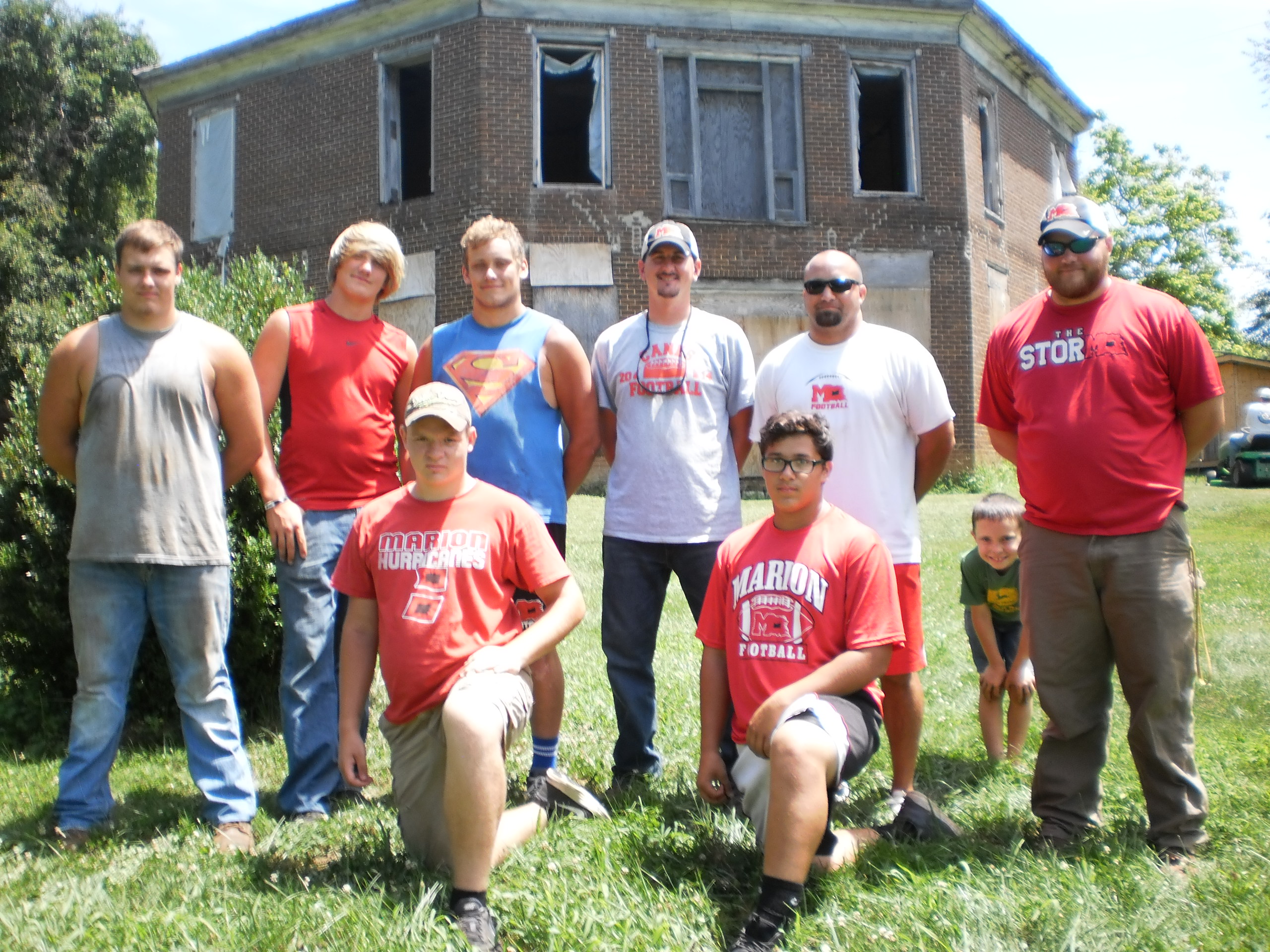
Because the house was exposed to the elements for many years, Phase 1 repairs have taken place to restore the structure and roof.
Phase 2 will involve repairs to the interior structure. The entire first floor must be replaced due to water damage. According to Orr, 50 to 60 percent of the upstairs flooring is usable.
Phase 3 will entail the development of the grounds, preparing the site for outdoor venues, such as music and wedding events.
Showcasing the history
Socially and culturally, it’s not just about the Thomas family, said Orr, but everyone who has lived there, including the enslaved.
Orr said it’s important that his research include the history of the enslaved people.
“Culturally, we’re not showcasing plantation cultures. We’re showcasing people’s lives and giving voice to those who have no written history and we know very little about.
“It won’t be a house museum where you walk in with velvet barrier ropes. It will be an interactive hands-on experience both inside and outside the house.”
Orr plans to recreate everything that supported the house, from slave cabins to kitchens and barns. There will be demonstrations to show visitors what life was like then.
“We will continue to ask for donations. We’re not giving up,” said Orr, who estimated as much as $280,000 has been raised so far.
Orr said the cultural center will be a big boost to the Southwest Virginia area, providing employment for workers in the area, residential revenues through taxes and the development of supportive services such as hotels and restaurants.
“If we continue to get the funding, we hope to have the doors open by the end of the year, showcasing the best that Southwest region has to offer.”
To learn more about the Octagon House Foundation or to donate to the project, visit the website at www.smythoctagonhouse.org or write to Octagon House Foundation, P.O. Box 1701, Marion, Virginia, 24354.
Upcoming events
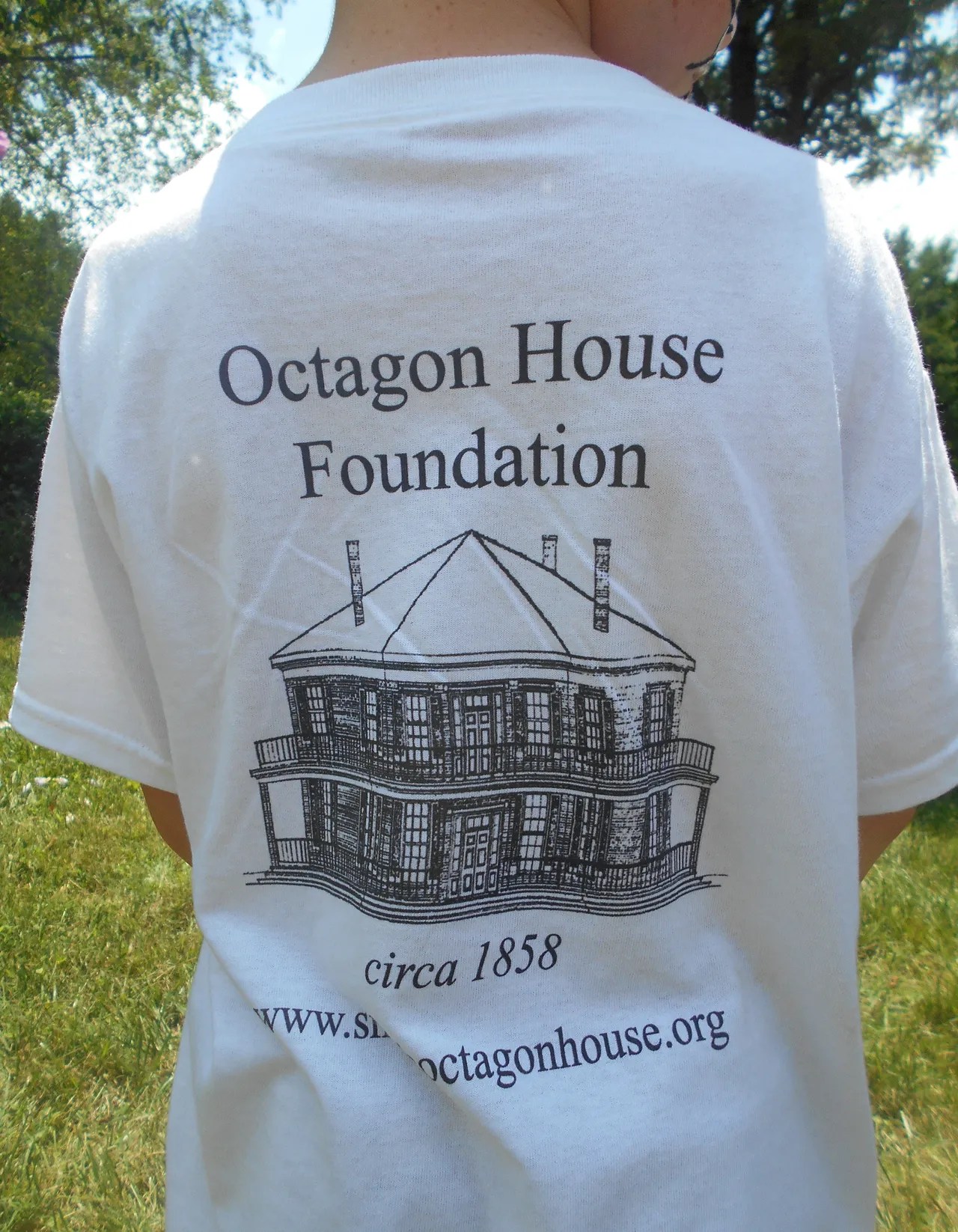
Friday, April 11: Annual spaghetti dinner
Eat in or take out. Octagon House memorabilia is available, including T-shirts and other items that support the restoration efforts.
Event Details: 4:30 to 7 p.m.
Location: Adwolfe Fire Department and Community Center
104 Thomas Bridge Road, Marion
Saturday, July 12: VA250 Event: Early Virginia Industrialization/Hot Dog Lunch/Open Window Tour
Presentation on “Early Virginia Industrialization” begins at 10 a.m. (Sponsored by Virginia 250 and free to the public).
Afterwards, the Octagon House Foundation will sell hot dogs and tickets for the open window tour from noon to 2 p.m. If you would like to take a peek through the open windows and hear some history, this is your chance before interior restoration begins. Date could change due to weather.
Event details: Beginning at 10 a.m. until 2 p.m.
Location: Octagon House
615 Octagon House Road, Marion
Saturday, Sept. 13: Hot dog sale/bake sale/yard sale
Multi-family indoor yard sale and hot dogs and baked goods will be sold by the Octagon House Foundation.
Event Details: 9 a.m. to 2 p.m.
Location: Adwolfe Fire Department and Community Center
104 Thomas Bridge Road, Marion
Friday, Nov. 11: Pancake supper
Eat in or take out. Octagon House memorabilia, including T-shirts and other items, will be available.
Event Details: 4:30 to 7 p.m.
Location: Adwolfe Fire Department and Community Center
104 Thomas Bridge Road, Marion




